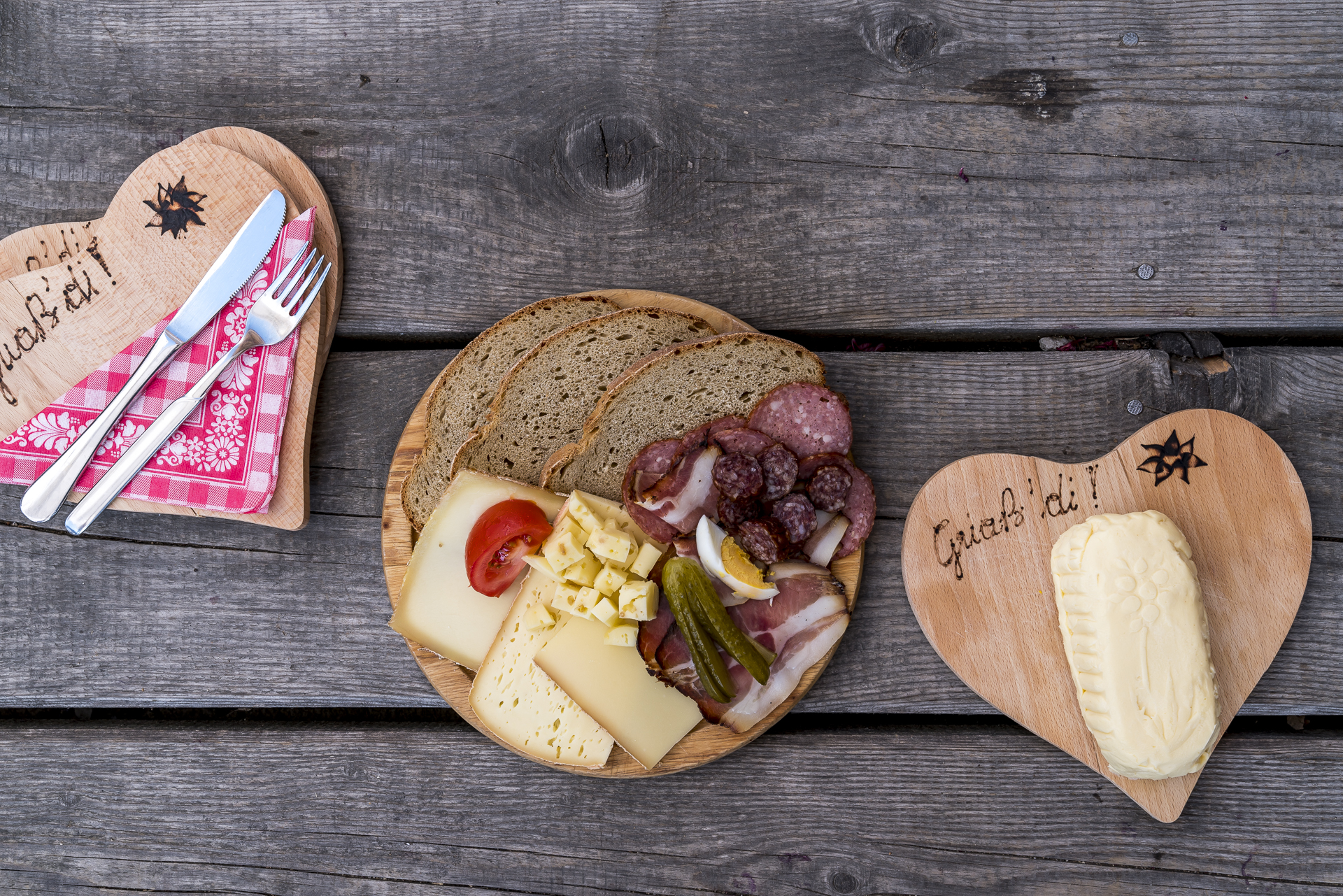
Culinary hiking in Tyrol: these 3 alpine pastures are worth a visit
Advertising: this article was created in cooperation with Tirol Tourismus
We have already clarified at this point that I clearly count myself as part of the “Team Alpbeizli”. For me, an all-round perfect hiking trip simply includes a stop at a hut. And that’s why I was immediately hooked when Tirol Tourismus asked me if I would like to embark on a culinary foray through the mountains of Tyrol.
I already presented three of the nine newly conceived culinary hiking experiences on the blog at the beginning of June. While the first three huts were dedicated to gourmet cuisine, today follow three hiking tips for fans of down-to-earth alpine pastures. Here, what is produced every day in the cheese dairy right next door is served.
Alpine village idyll: Aussermelang Alm
The starting point of our first alpine hike is not far from Innsbruck in the Wattener Lizum. In Tyrol, “Lizum” means “alpine pasture area at the head of the valley” and so we also look towards a massive mountain ring that closes the valley to the south at the entrance to the valley. The Wattener Lizum is not only an extensive alpine pasture area, but is also home to Austria’s second largest military training area. The entrance to the military training area at Camp Walchen is also the starting point of our ascent to the Aussermelang Alm. We follow the signposted Zirbenweg along the Lizumbach stream up the valley. The vegetation is lush green and the stream is filled to the brim with meltwater that flows thunderously towards the Inn Valley.
The ascent to the Wattenberg is entertaining and soon we meet the first grey cattle ladies, who eye us curiously. After about an hour’s walk, we catch a glimpse of the huts of the Aussermelang Niederleger for the first time. Now the view opens up to us towards the Inn Valley and the Karwendel Mountains – what a great panorama!
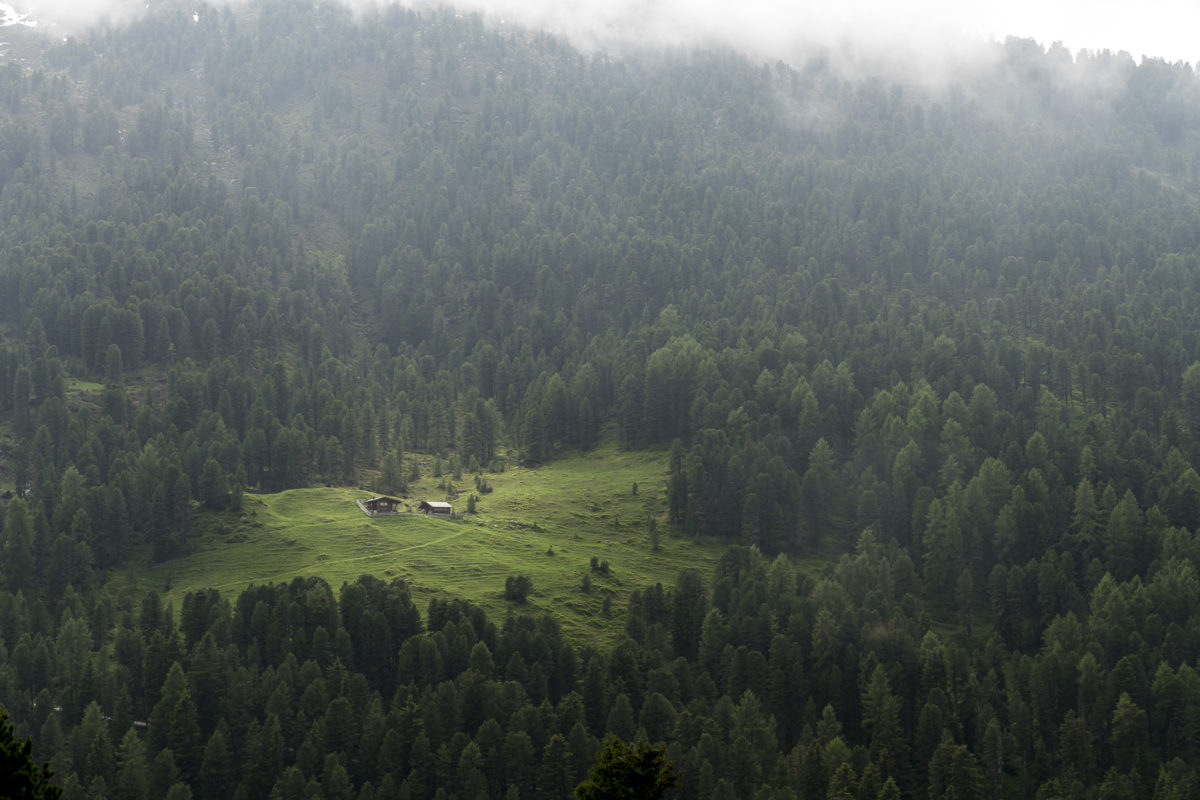
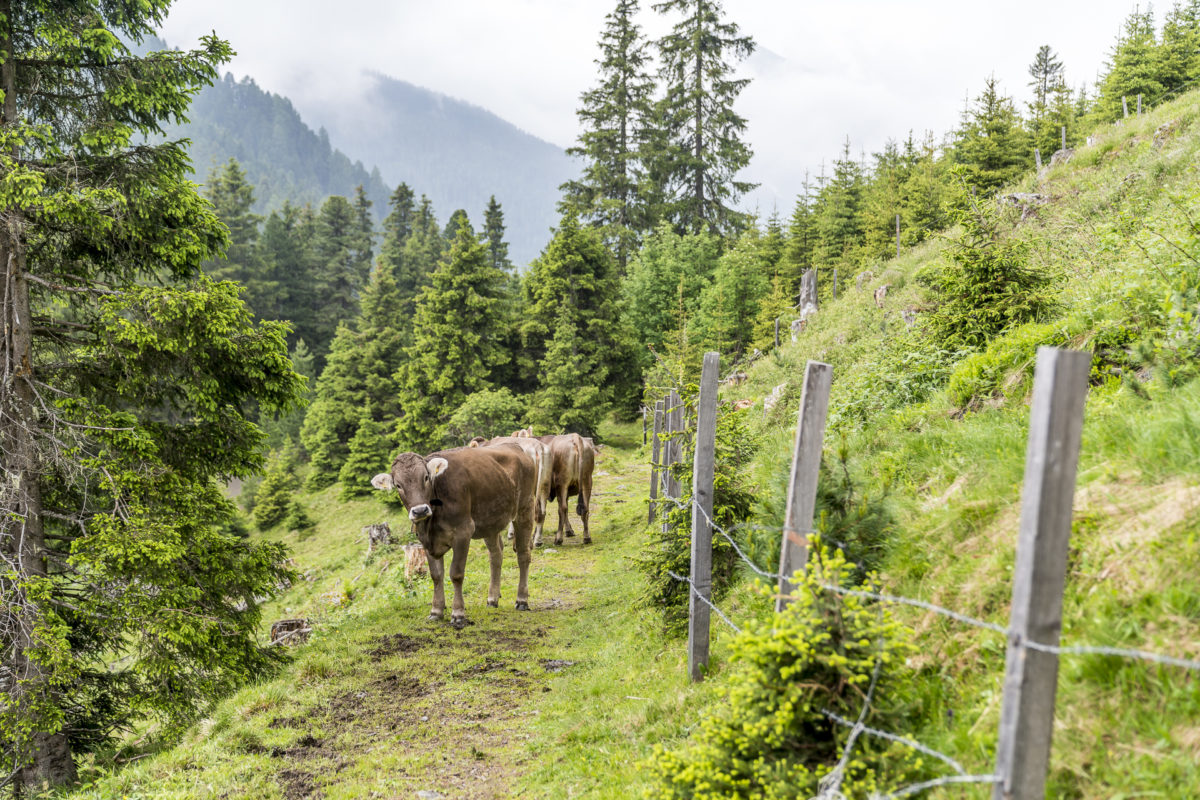
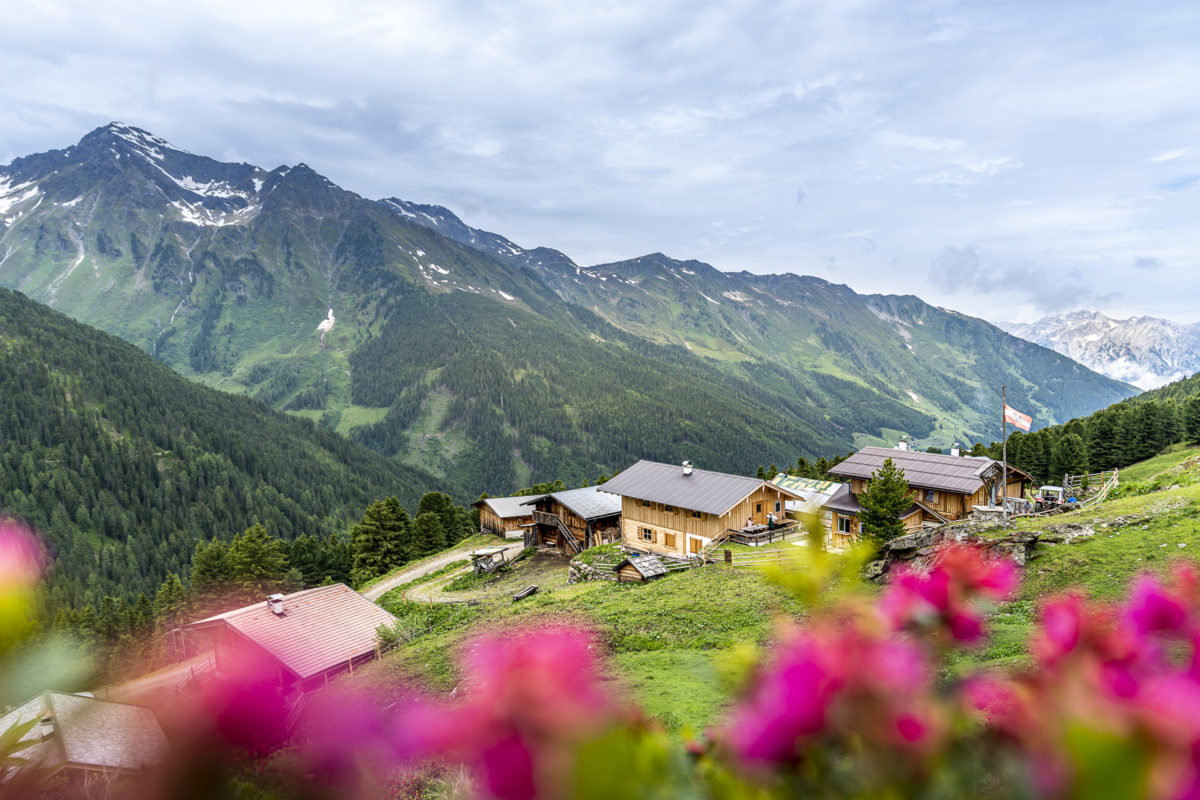
The first weeks of summer are spent here at an altitude of 1,866 m above sea level. Towards the end of July, the alpine farmers and the cows move another 200 metres further up to the Hochleger – up there, the huts are even closer together. Only master cheesemaker Ludwig Klinger stays in the Niederleger for the whole summer. For almost twenty years, he has been processing the milk of the eight farmers who graze their cows up here into cheese and alpine butter.
Every morning, the eight alpine farmers deliver the milk to the cheese dairy building. The respective daily quantity is neatly recorded on a wooden board and the proportion of firewood is also calculated from this. As soon as everyone has delivered the milk, Ludwig Klingler stokes the fire and starts making cheese. The cheese dairy, cheese cellar and alpine tavern are located in a very small area. Quality instead of quantity, that’s the motto of the Aussermelang Alm. We sit down at the wooden table in front of the cheese dairy, order a snack with cheese and fresh milk – what more could you want?
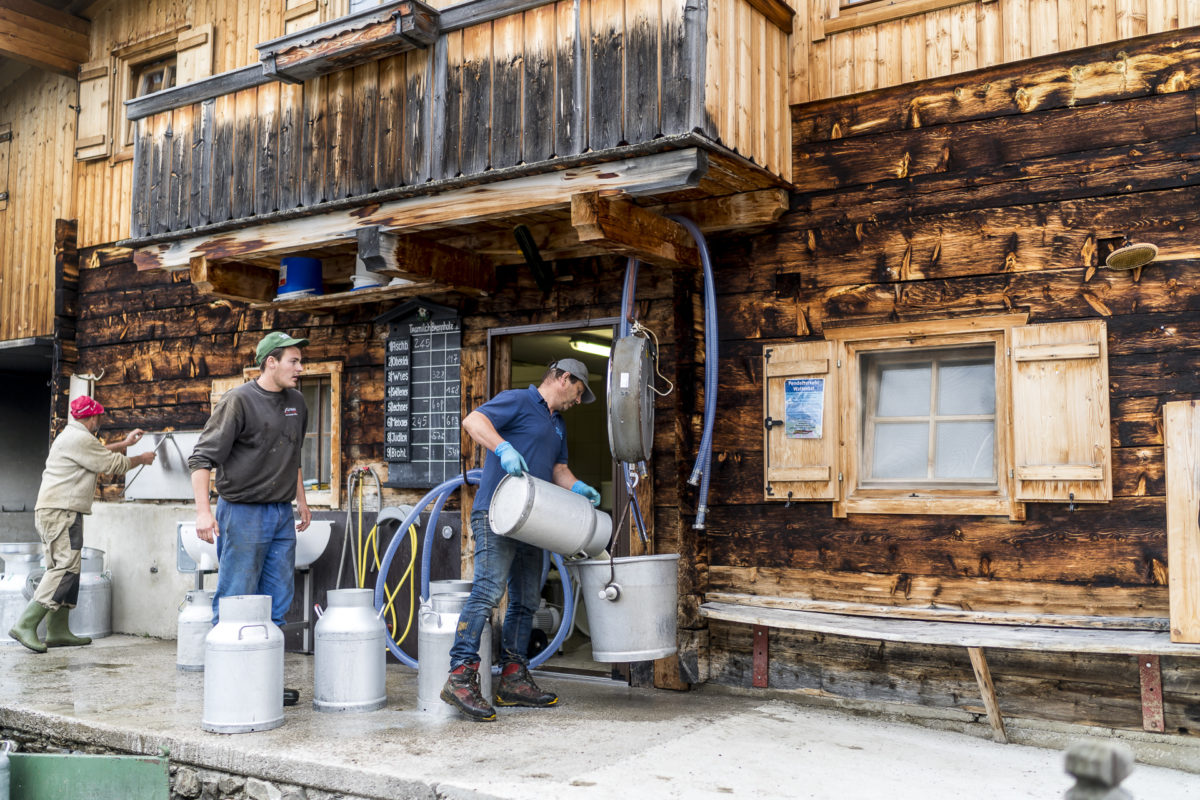
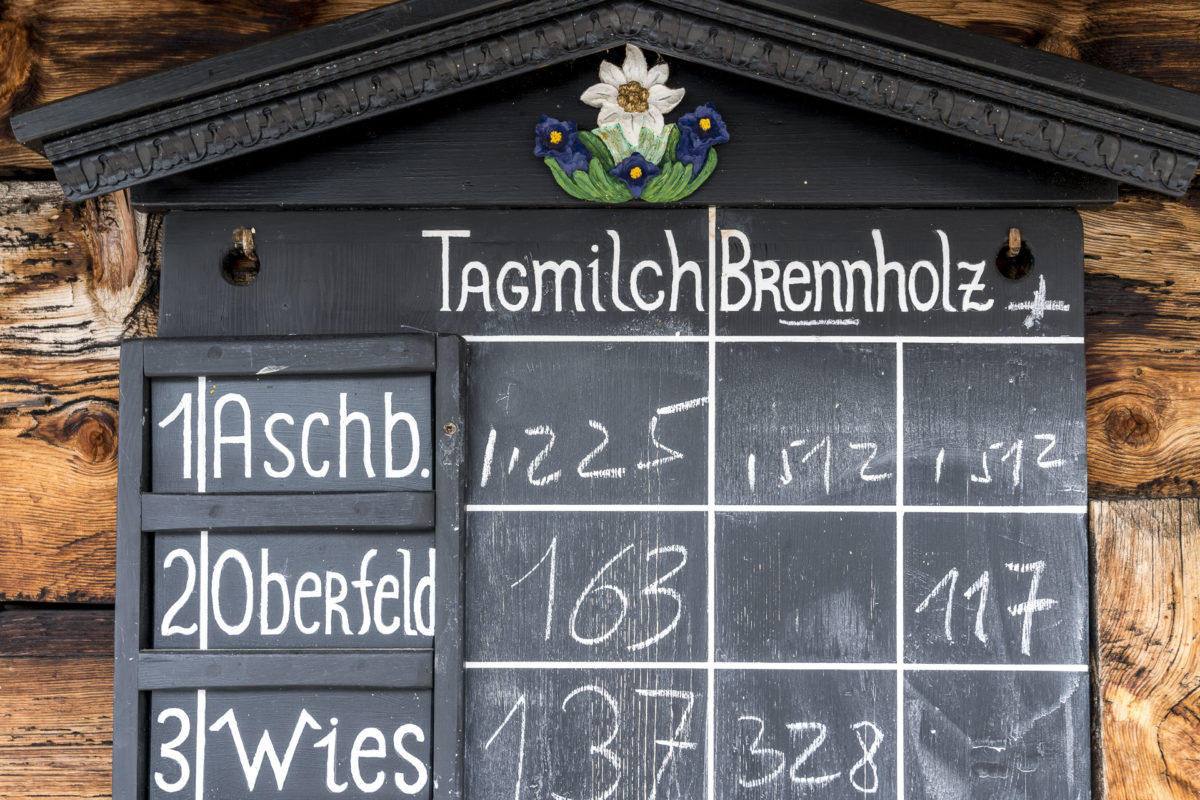
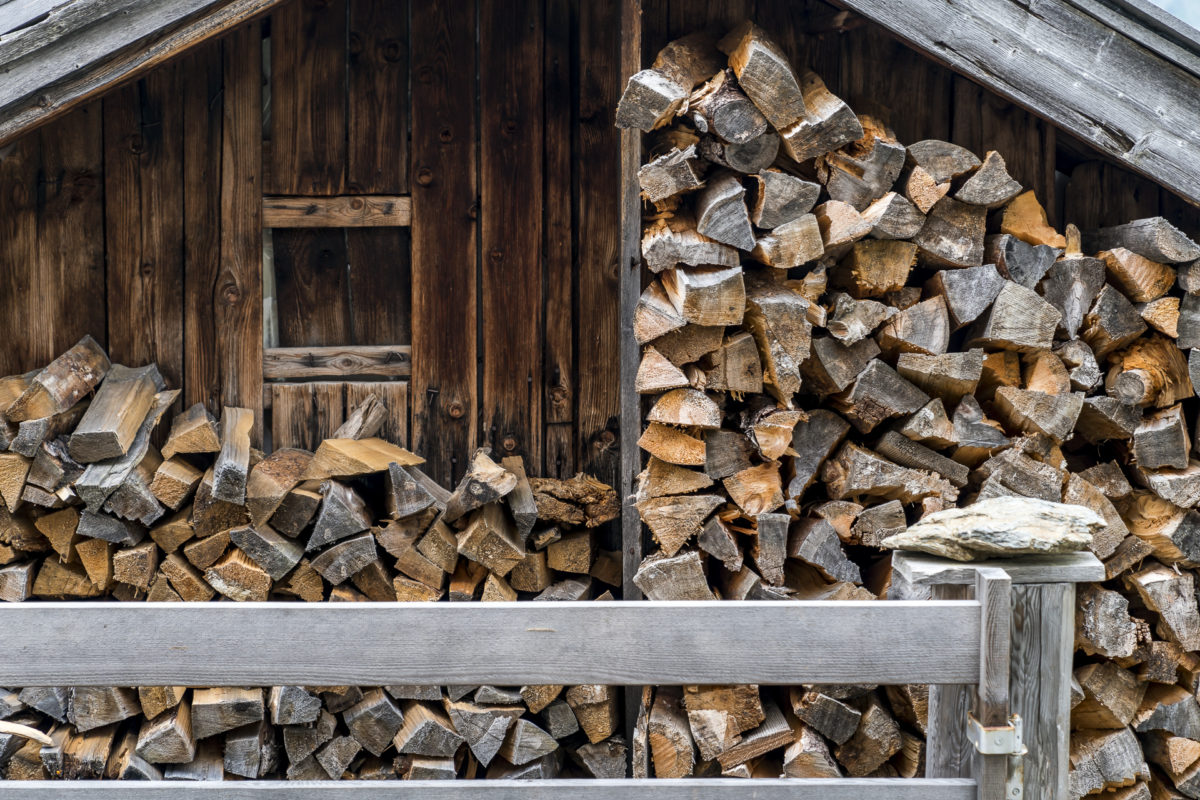
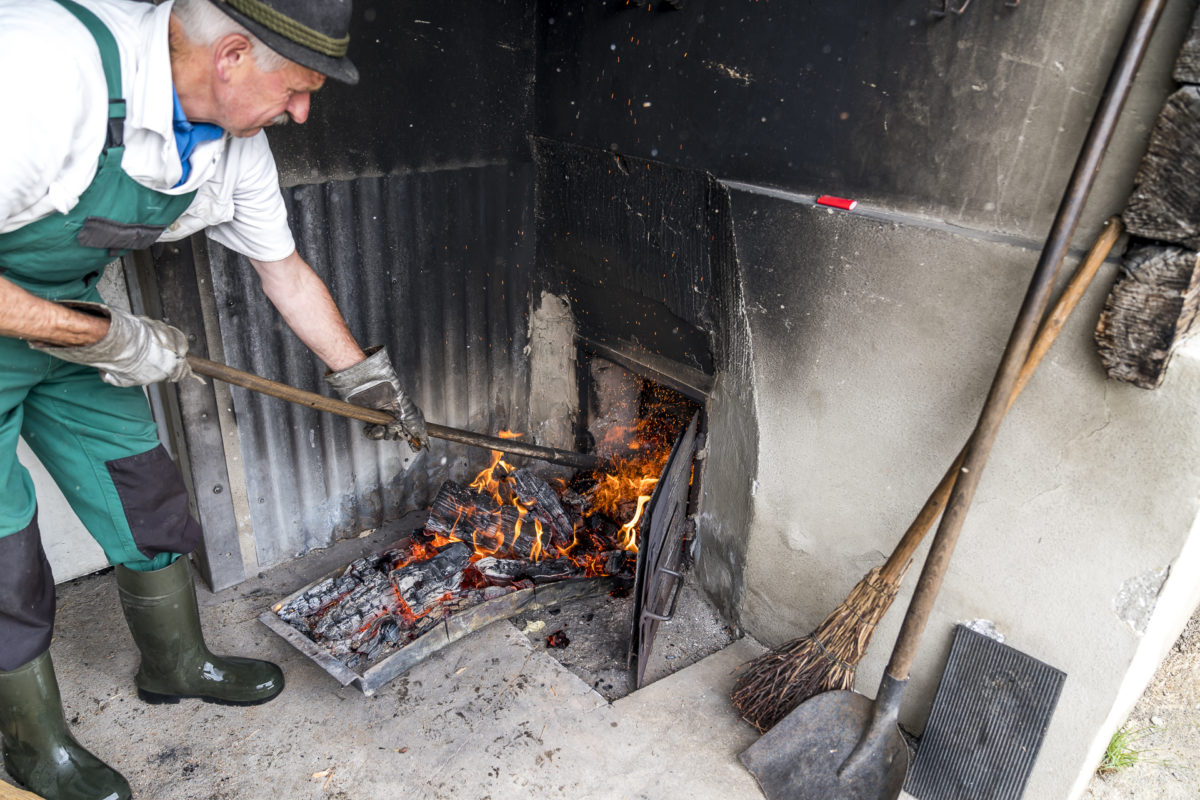
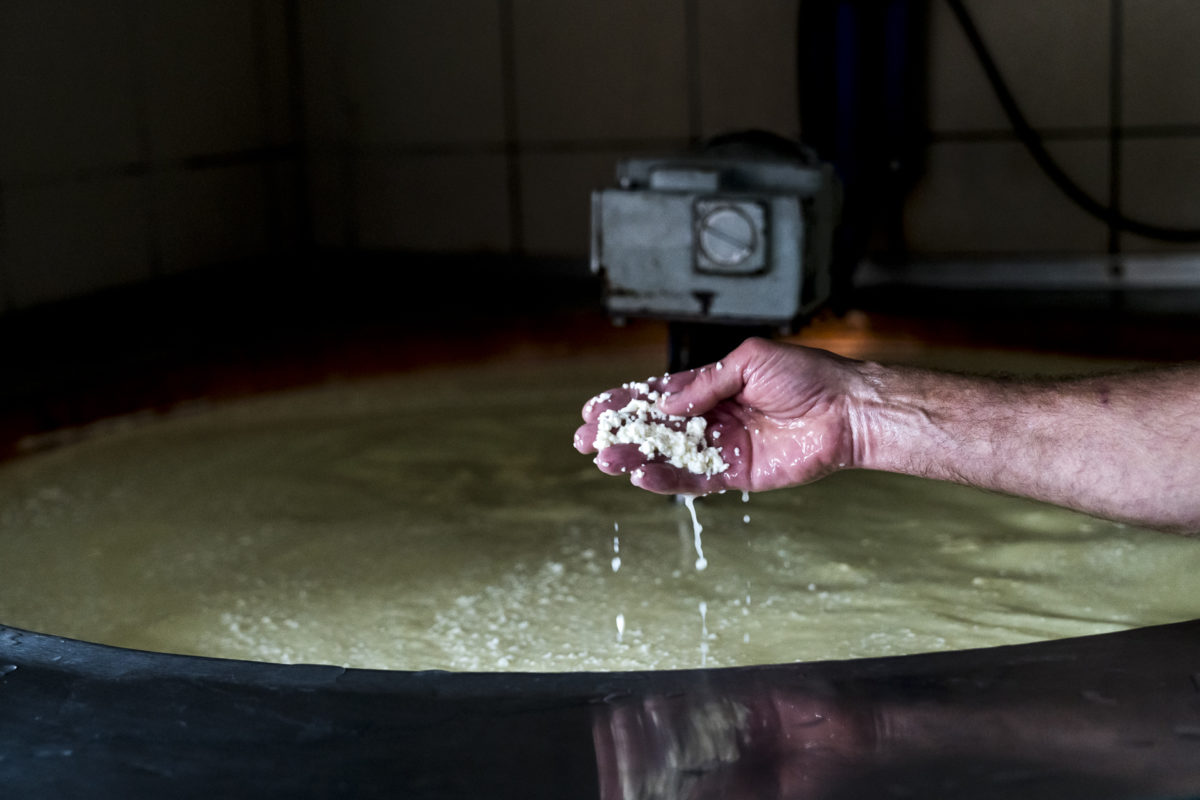
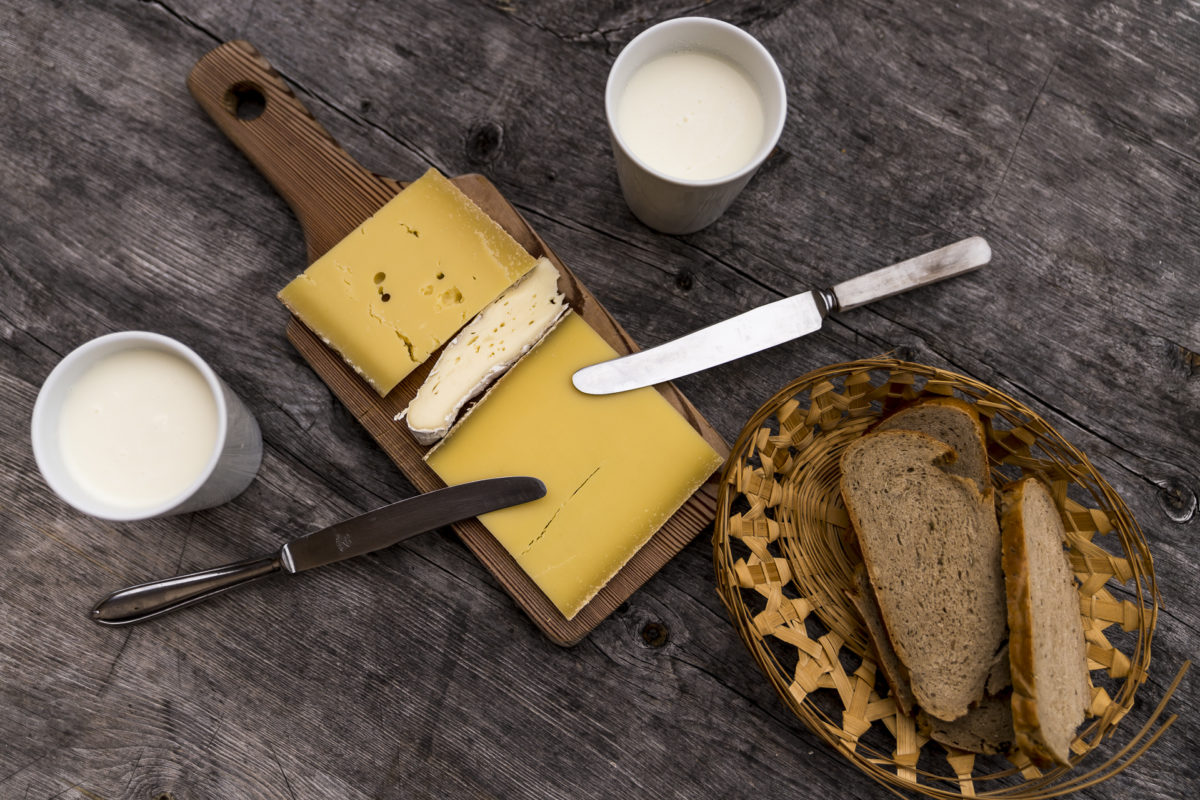
Before we hike down into the valley after this alpine stop, we visit the cheerful group of alpine pigs, who wallow contentedly in the dirt not far from the pine forest. They also belong to Ludwig Klingler’s area of responsibility. The tender meat of the Tyrolean alpine pig is just as popular as the cheese of the Aussermelang Alm.
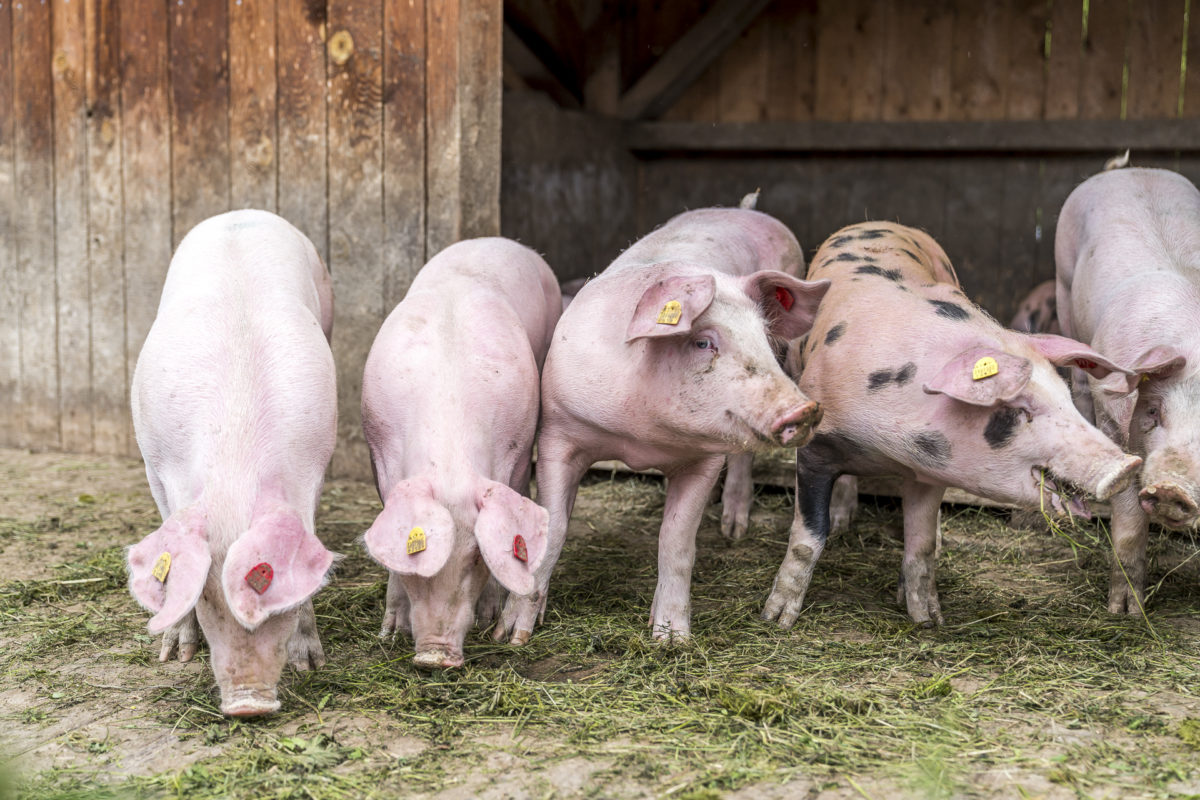
Hiking opportunities around the Aussermelang Alm
The starting point of the hike to the Aussermelang Alm is at the parking lot of the Walchen military training area. This is where the approximately 3.8-kilometre-long hiking trail starts, which leads steadily uphill from 1,400 m above sea level to the Niederleger at 1,870 m above sea level. The way back is the same route. Alternatively, it is possible to hike along the Zirbenweg via the Lizumer Hütte to the Aussermelang Alm.
Authentic alpine farming: Burgeralm
While around 100,000 litres of milk are processed into cheese on the Aussermelang over the summer, “only” around half of it is produced on the Burgeralm in the Kaiserwinkel. But what the Fahringer family processes from it makes hearts of pleasure beat faster.
We start our ascent to the Burgeralm before sunrise. At this early hour of the morning, the Walchsee presents itself as smooth as glass and behind it tower the delicate pink shimmering mountain peaks from the Wilder Kaiser to the rusty Kaiser to the tame Kaiser. What a panorama! But the beautiful morning mood is not the only reason for us getting up early. We want to look over Anton and Martha Fahringer’s shoulders as they make cheese every day, and since the Burgeralm is a popular hiking and mountain biking destination, the two of them have to get up early every morning – the goal: to finish making cheese when the first day guests arrive.
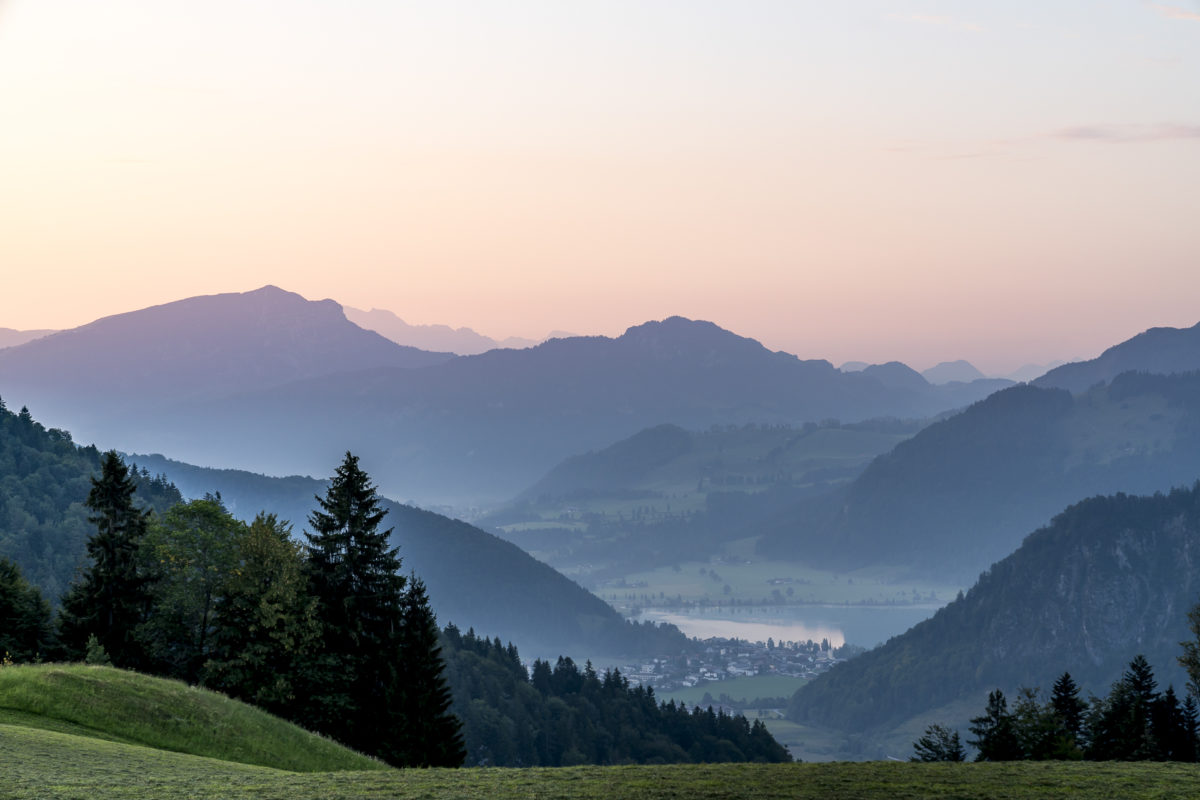
Our timing is perfect – when we arrive at the Burgeralm, the almost forty cows are driven out to pasture. The morning milking is over and so the cheesemaking can begin. The Fahringers are “thoroughbred alpine farmers”. Anton Fahringer has already spent more than 30 summers on the alpine pasture and sees no reason why another 30 years should not be added here. Together with his wife Martha, Anton Fahringer produces mountain cheese, mountain tilsiter, caraway cheese, soft cheese and cream cheese as well as alpine butter at the Burgeralm. In addition, there is fresh buttermilk and homemade yoghurt refined with apricot jam. And all this is then served up in the alpine farm. “We need 13 litres of raw milk for one kilogram of mountain cheese,” Martha Fahringer tells us as she and her husband heat the milk in the kessi, stirring constantly.
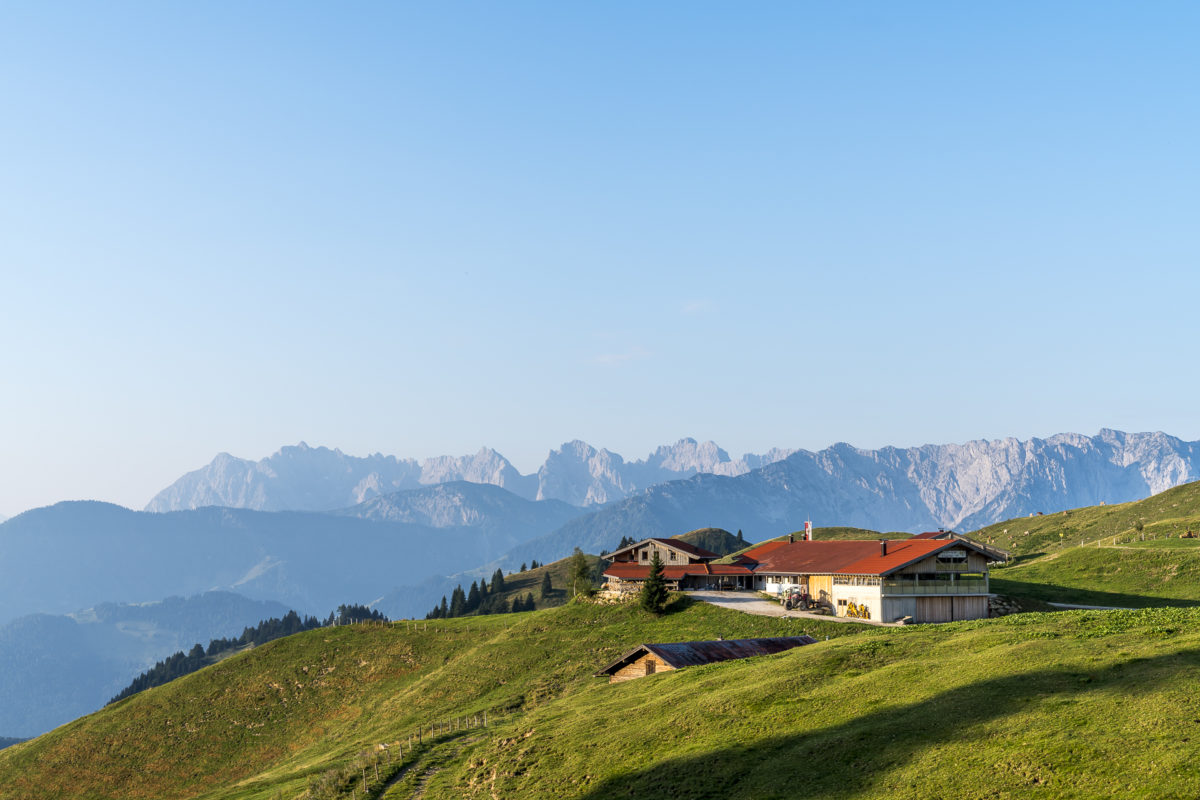
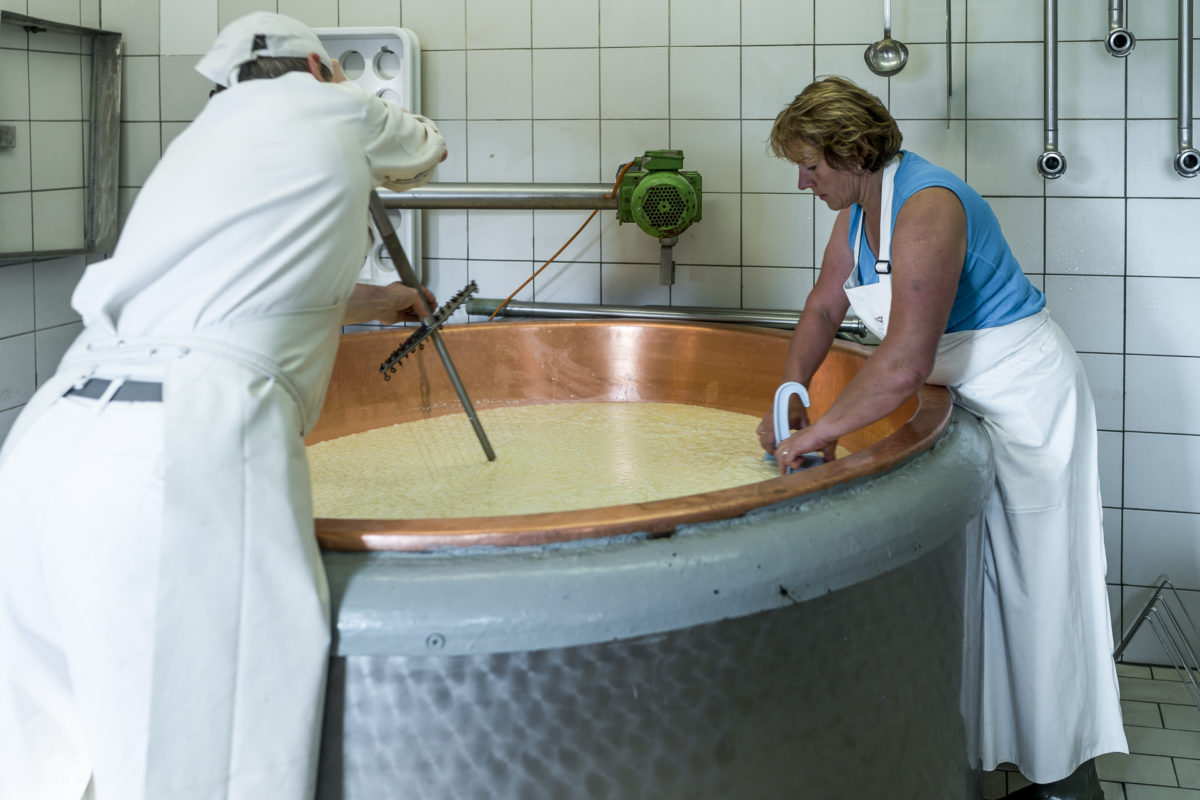
Later, Anton Fahringer shows us the cheese cellar to the brim. Here, the loaves are first placed in the brine and rest there for between 12 and 48 hours, depending on the variety. After that, the loaves need to be lubricated daily. The Fahringers are guaranteed not to get bored. As soon as the milk of the day has been processed into cheese, the first hikers arrive at the Burgeralm.
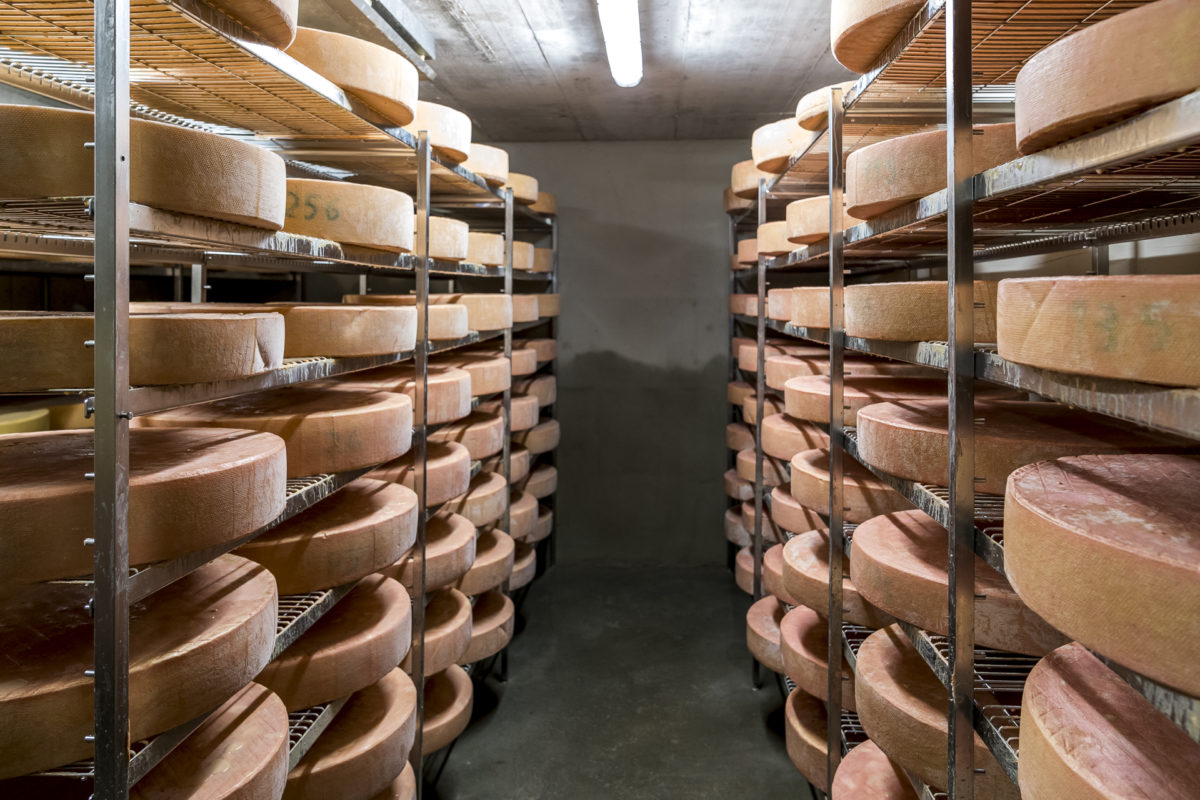
We also sit down on the terrace, try our way through the cheese palette of the cheese sandwich and also taste the homemade bacon and the Kaminwurz. Before we make our way down to the valley, we have a piece of “Tyrolean Eagle Gold” packed in the alpine shop as provisions along the way. And then we have to say goodbye to this idyllic spot high above the Walchsee.
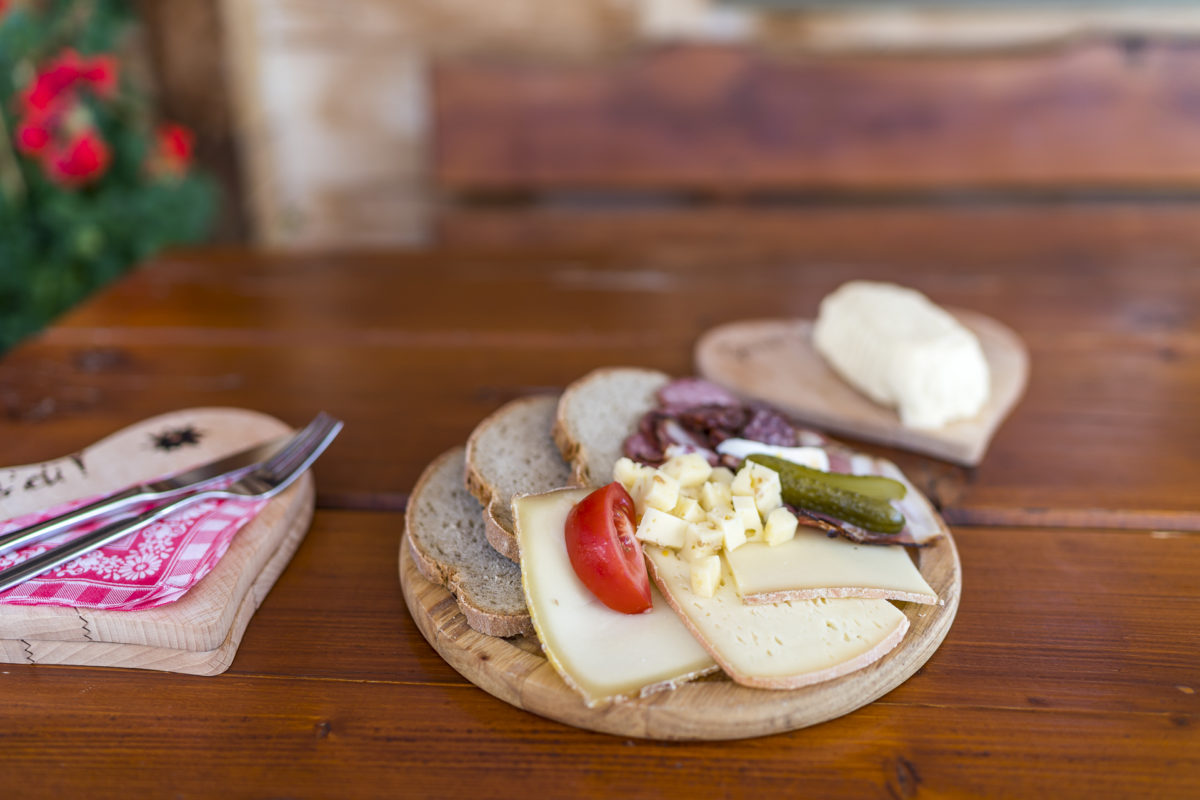
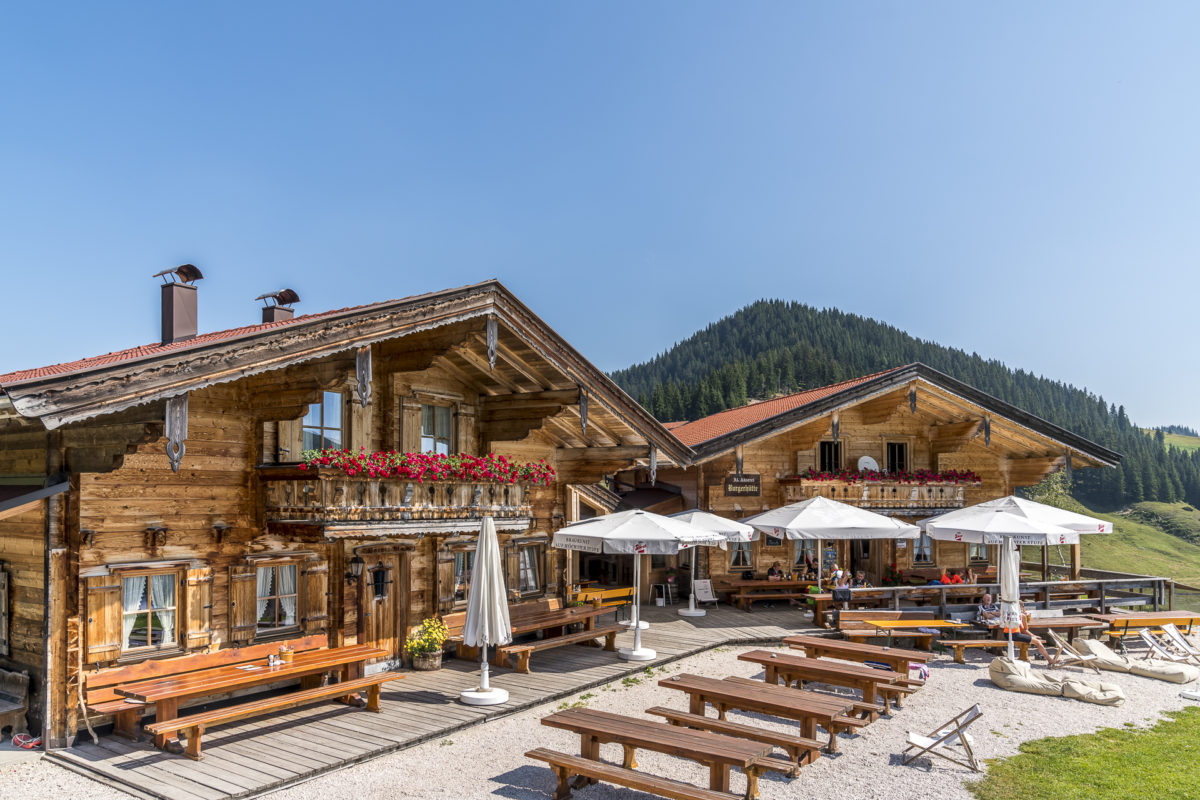
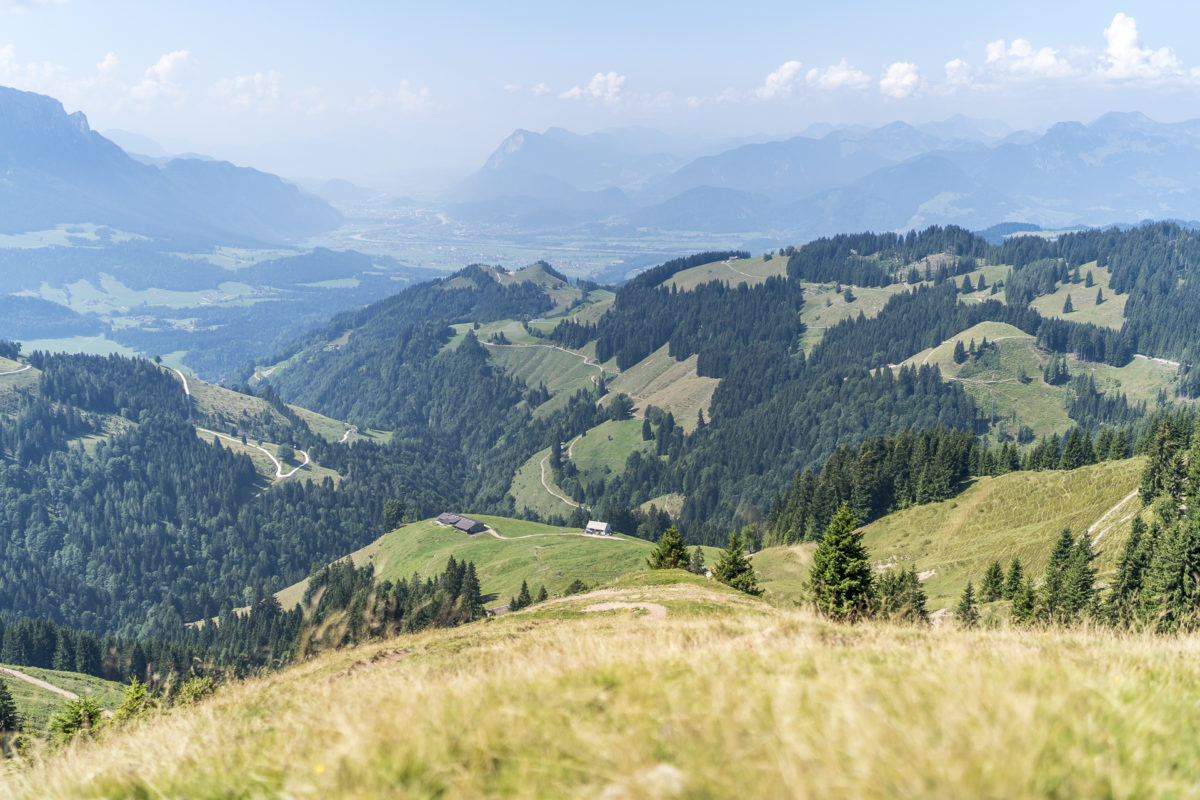
Hiking opportunities around the Burgeralm
Two beautiful paths lead to the Burgeralm. The easy alpine hike starts in the hamlet of Rettenschöss, where there is also a hiking car park. From here, the trail is about 4.8 kilometres long and has an altitude difference of 400 m on mostly wide forest paths to the Burgeralm. Alternatively, you can start your tour directly in Walchsee and climb up to the Burgeralm via the Lochner waterfall (a secluded spot in the forest). With this variant, there are a little more meters in altitude, but you are mostly in the pleasantly shady forest on the ascent.
With guaranteed enjoyment: Gampe Thaya
At first glance, it seems like a contradiction – how can a rustic alpine pasture hold its own in a “HalliGalli” town like Sölden, relying on fresh buttermilk instead of fries and beer? But it is probably precisely this contrast that is the secret of the success of the Gampe Thaya.
But first we have to earn the alpine stop. Despite cloudy skies and occasional raindrops, we take the ascent from Sölden through the sparsely stocked mountain forest to the pastures of the Gampe Alm at almost 2,000 m above sea level. It remains to be hoped that the cloud cover will dissipate and reveal the view of the mighty Ötztal Alps. And lo and behold! As soon as the Gampe Thaya is in sight, the clouds give way to the panorama.
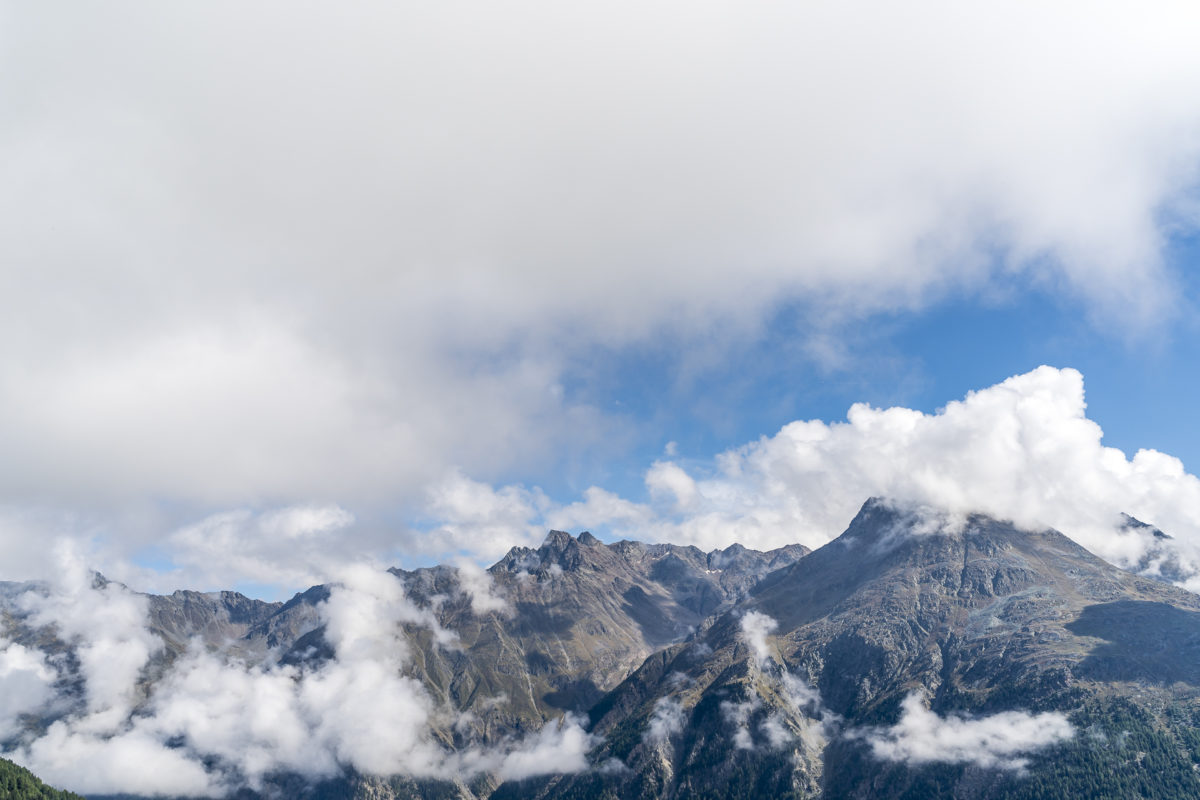
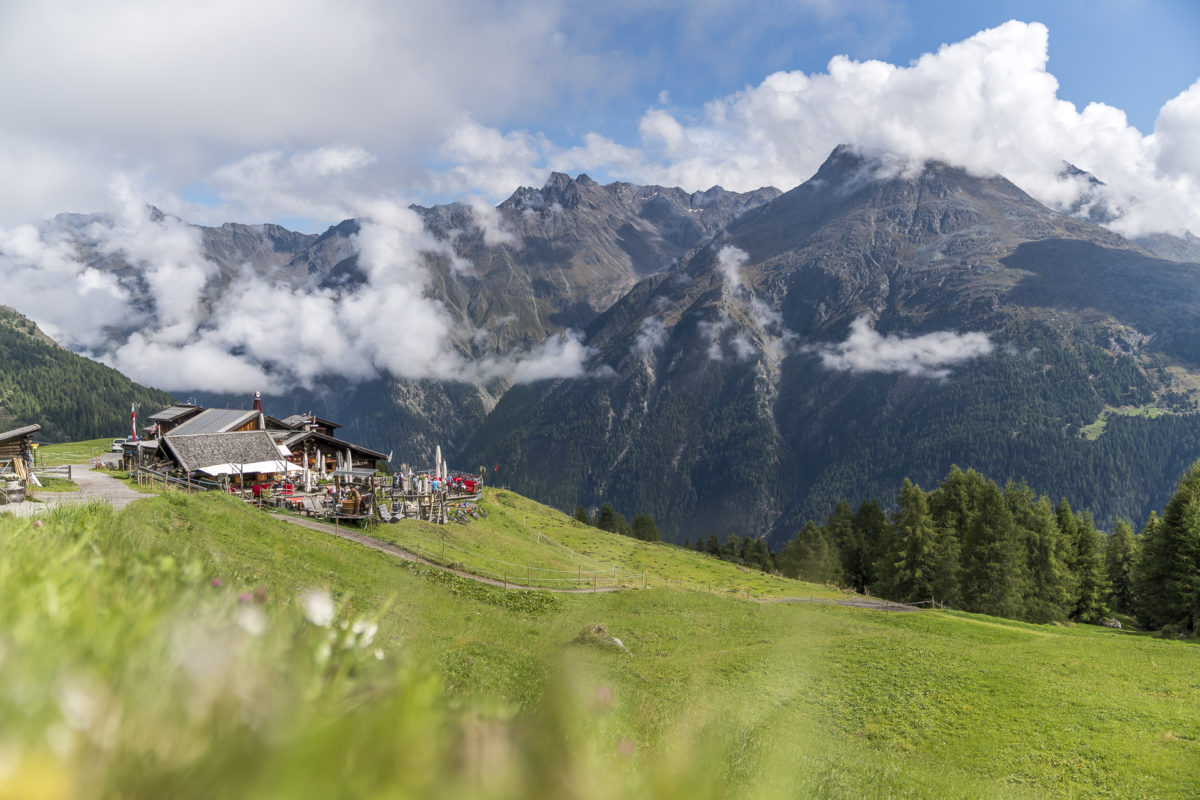
Alpine farming has a long tradition in the Ötztal and so the basic structures of the Gampe Thaya are around 300 years old. Sun-tanned facades, gnarled wooden floorboards, cosy parlours – many things up here keep old stories alive. At the beginning of the 1980s, hut landlord Jakob Prantl began to renovate the then abandoned alpine hut. Today, the Gampe Thaya is known far and wide for its excellent cuisine and bears the “Genusshütte” seal of approval from the Genuss Region Austria. Most of what is served is either self-produced or supplied by friendly companies from the Ötztal. Every year, the Prantl family and their helpers collect around 300 kilograms of cranberries for the popular “Grantenmilch” not far from the Gampe Thaya. For several years now, a mobile cheese dairy (from Switzerland) has completed the production cycle of the Gampe Thaya. In the small container, the milk from around a dozen kitchens is processed into the “Gampe Kaas”.
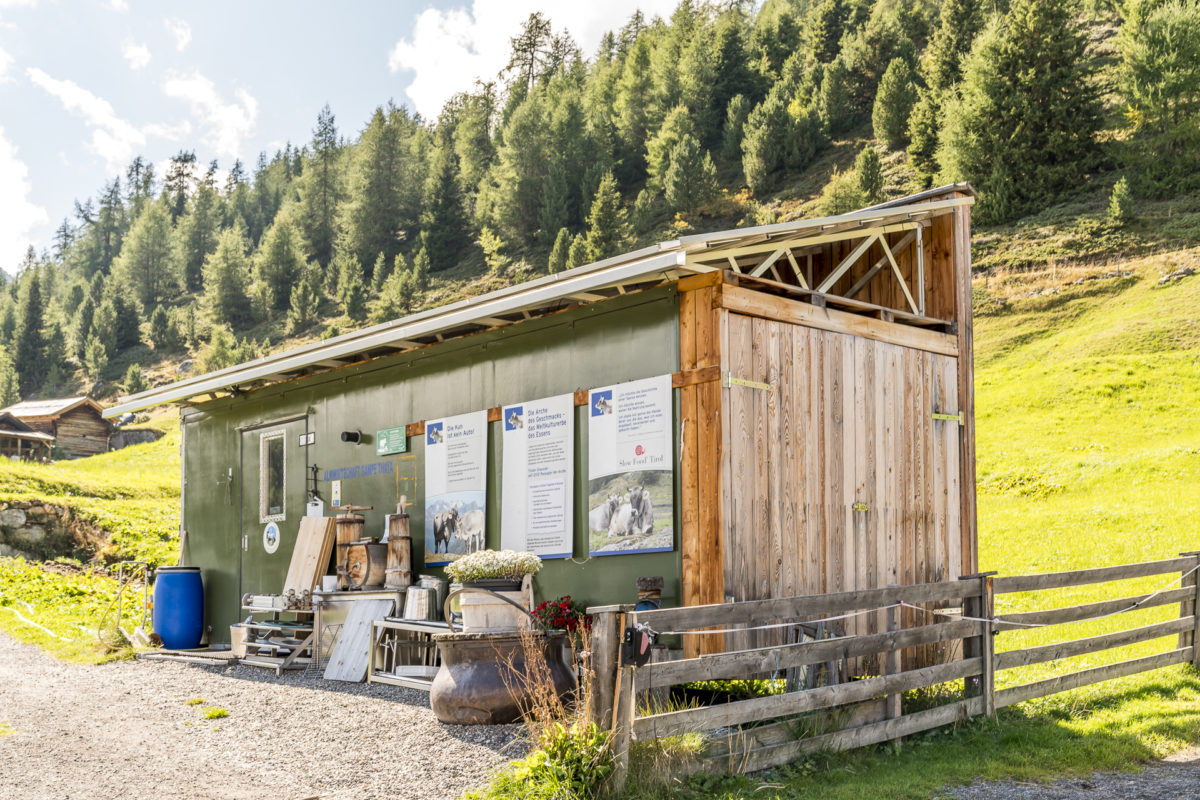
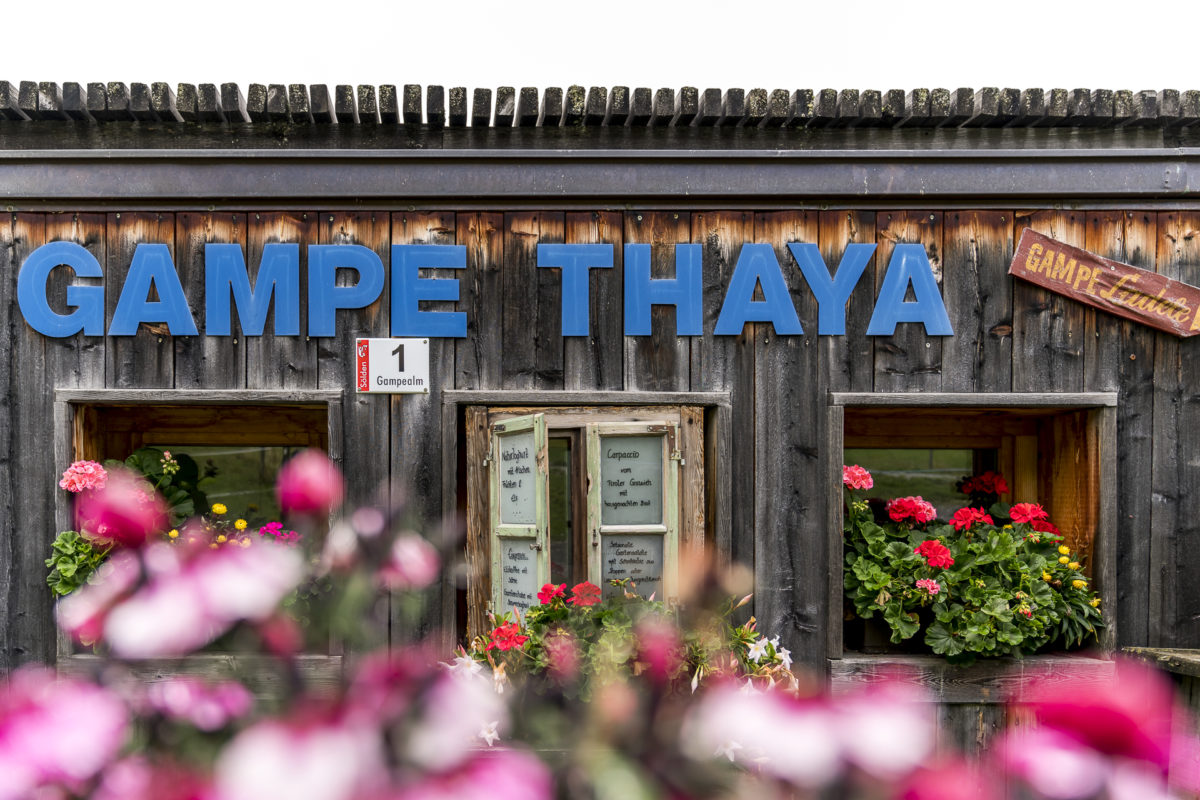
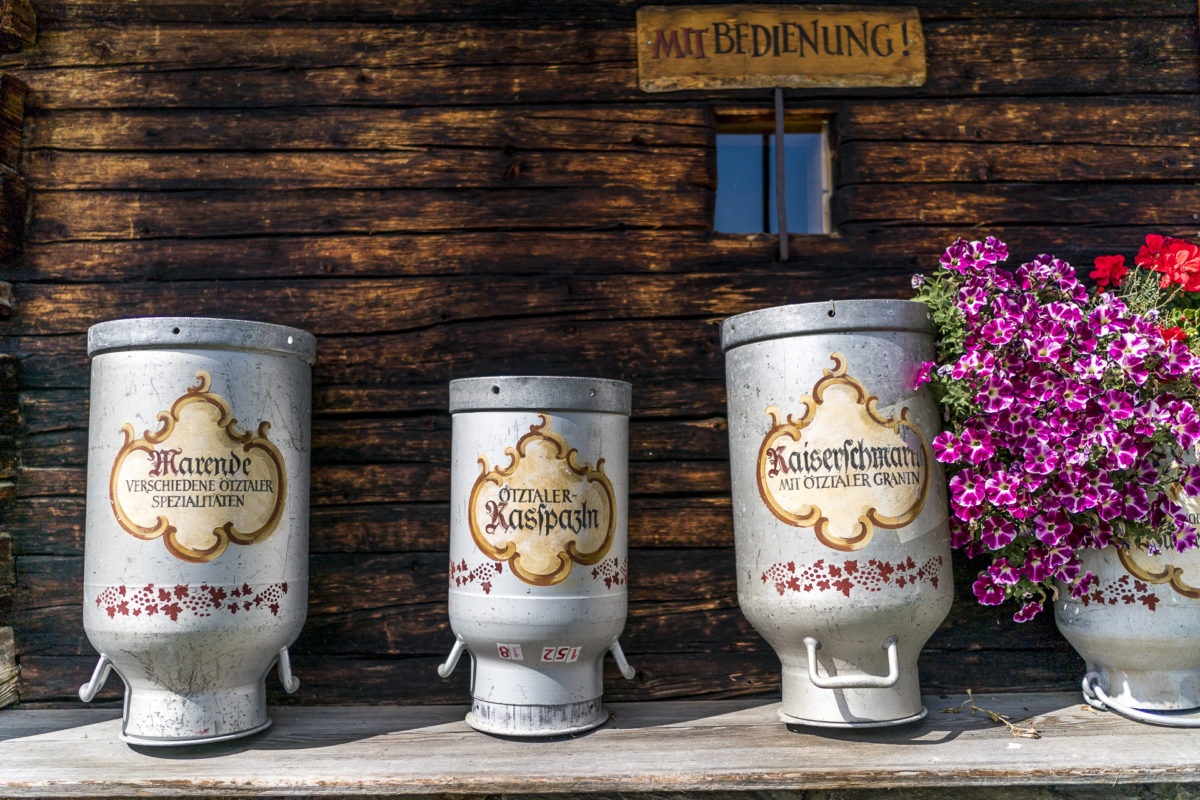
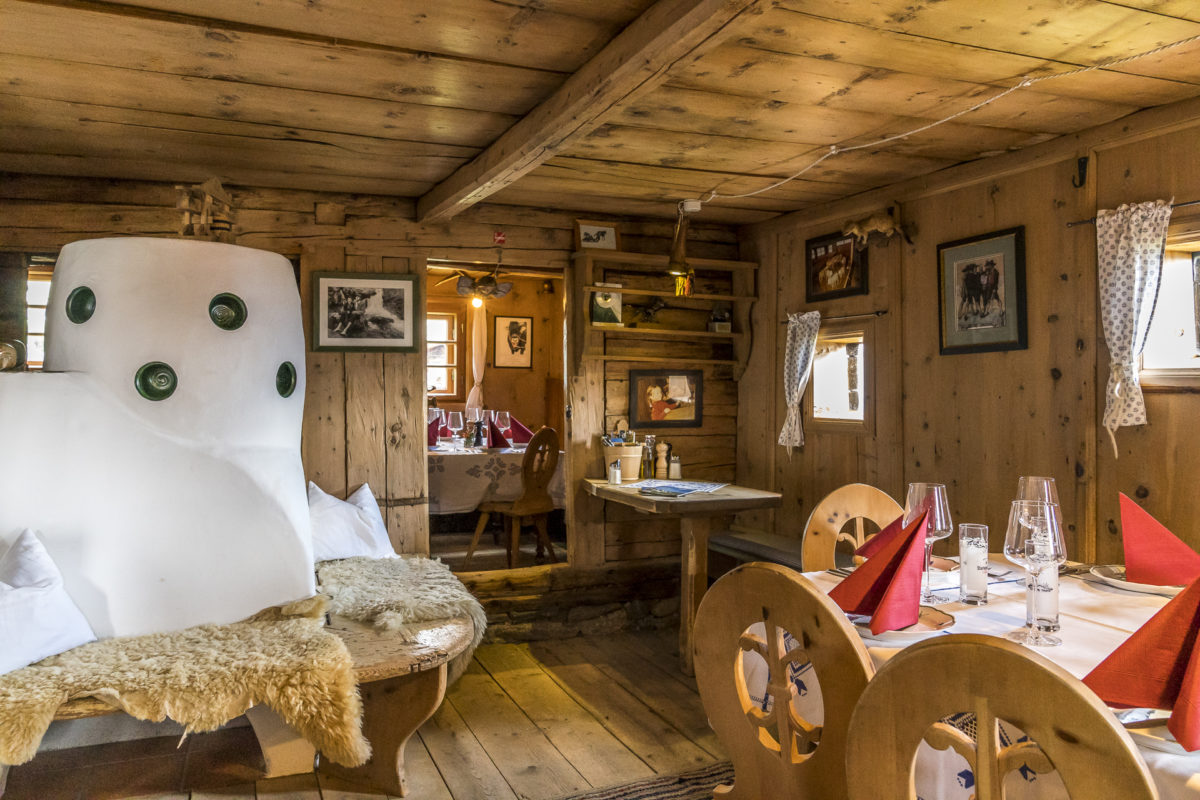
We look for a cozy spot on the sun terrace, taste the refreshing Grantenmilch and disagree on what to order from all the delicacies. The Gampe Kaas platter, the carpaccio of Tyrolean grey cattle, Gröstl or pickled-in cabbage with homemade sausage? We agree on a hearty snack and a portion of Ötztal cheese spaetzle and are in pleasure heaven. So fine!
And if you can’t get enough of it, you’ll find a selection of homemade specialities in the “Gampe Ladele”. Perfect as a souvenir for those at home or to reminisce at home with a snack. Fortunately, there are no more meters of altitude. My backpack weighs much heavier when hiking downhill than when climbing.
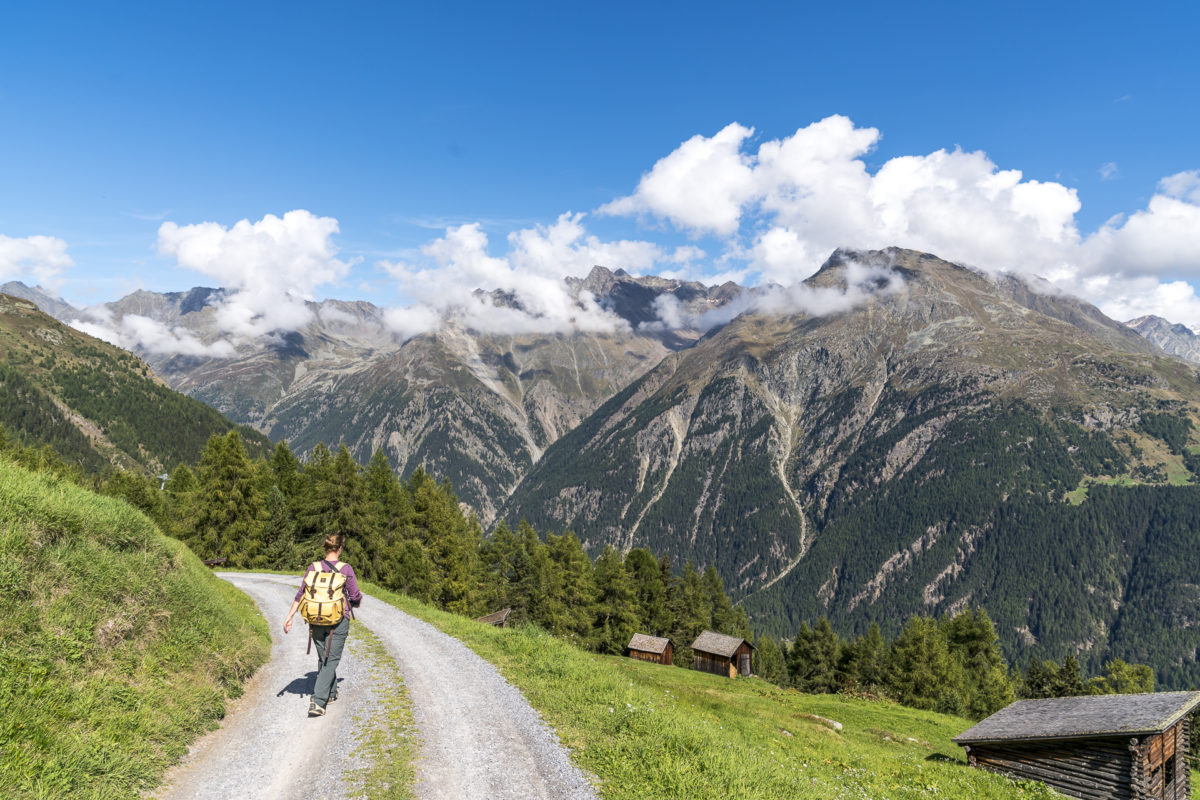
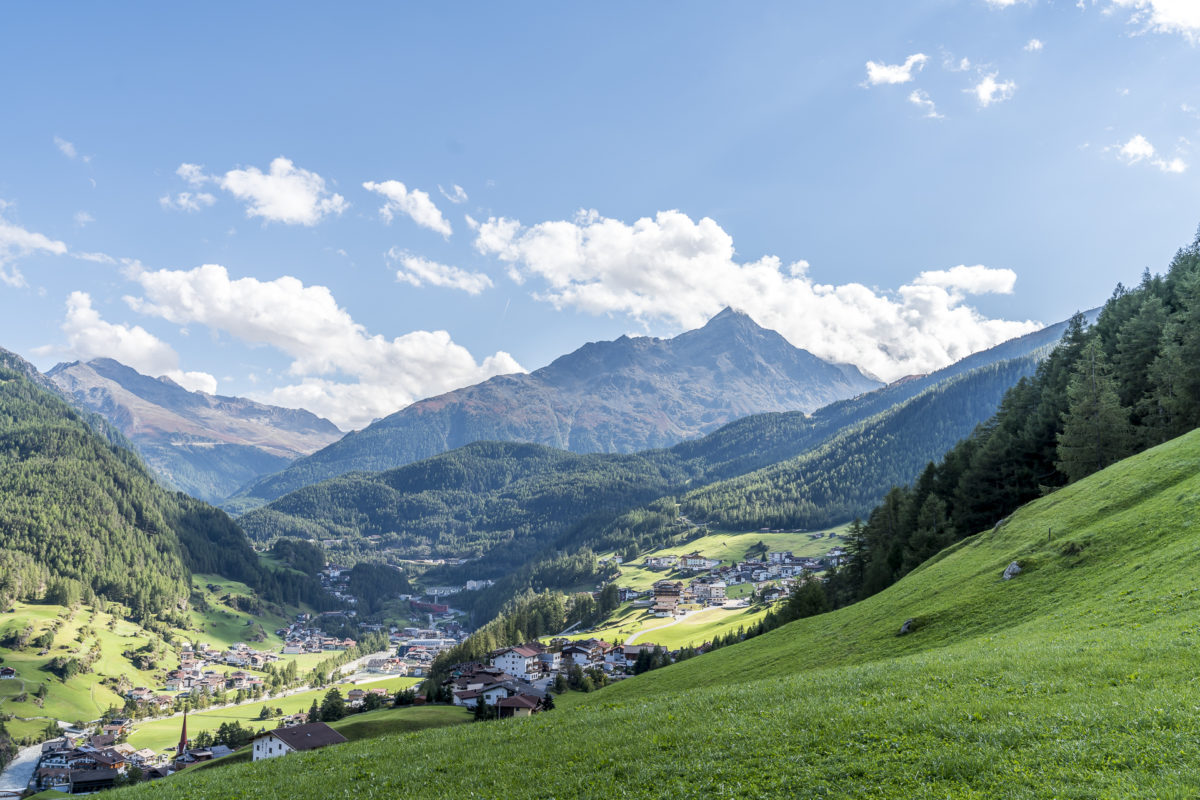
Hiking opportunities around the Gampe Thaya
The alpine hike to Gampe Thaya starts in the middle of the village centre of Sölden and overcomes a crisp 640 metres in altitude to the Gampe Thaya in 3.5 kilometres. The ascent is entertaining and includes some beautiful views over the impressive mountains around Sölden. If you shy away from the altitude, you have the alternative option of taking the Giggijochbahn cable car to the mountain station and from there hiking comfortably down to the Gampe Thaya.
Detailed hiking descriptions of all three culinary hikes presented as well as further information can be found at Tirol Tourismus.


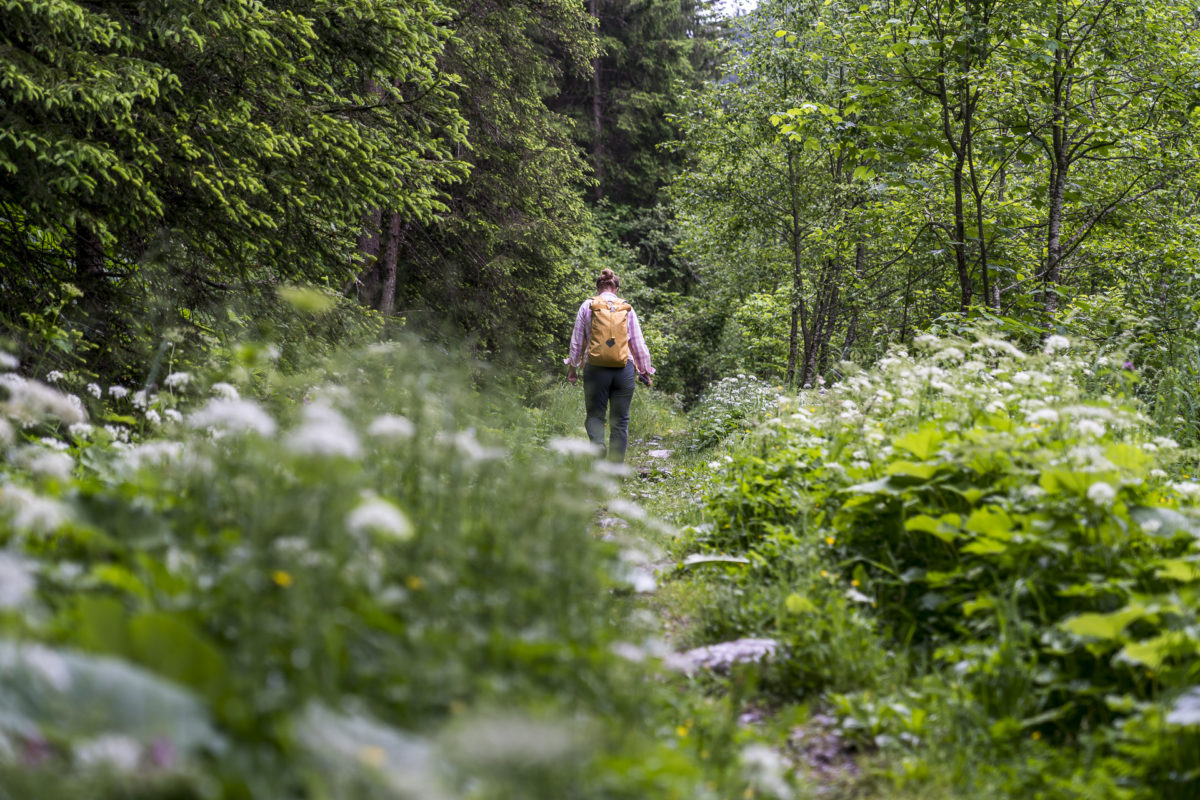
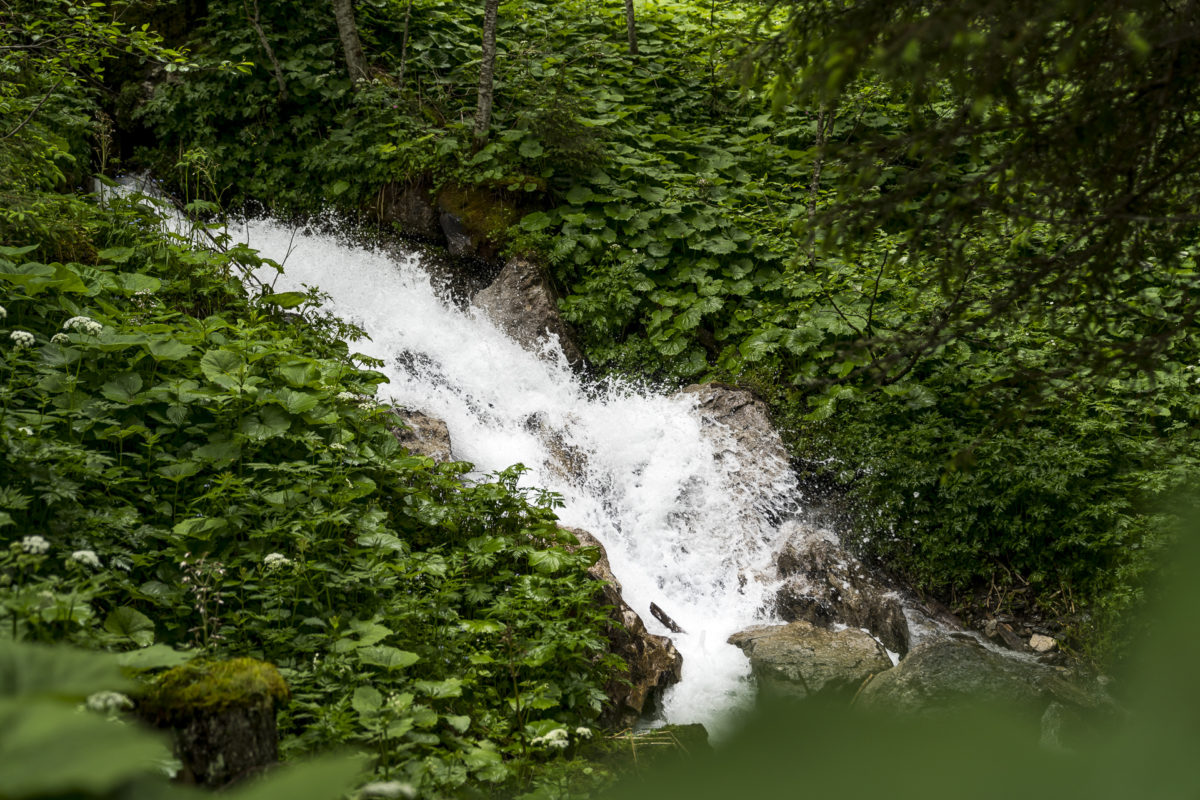
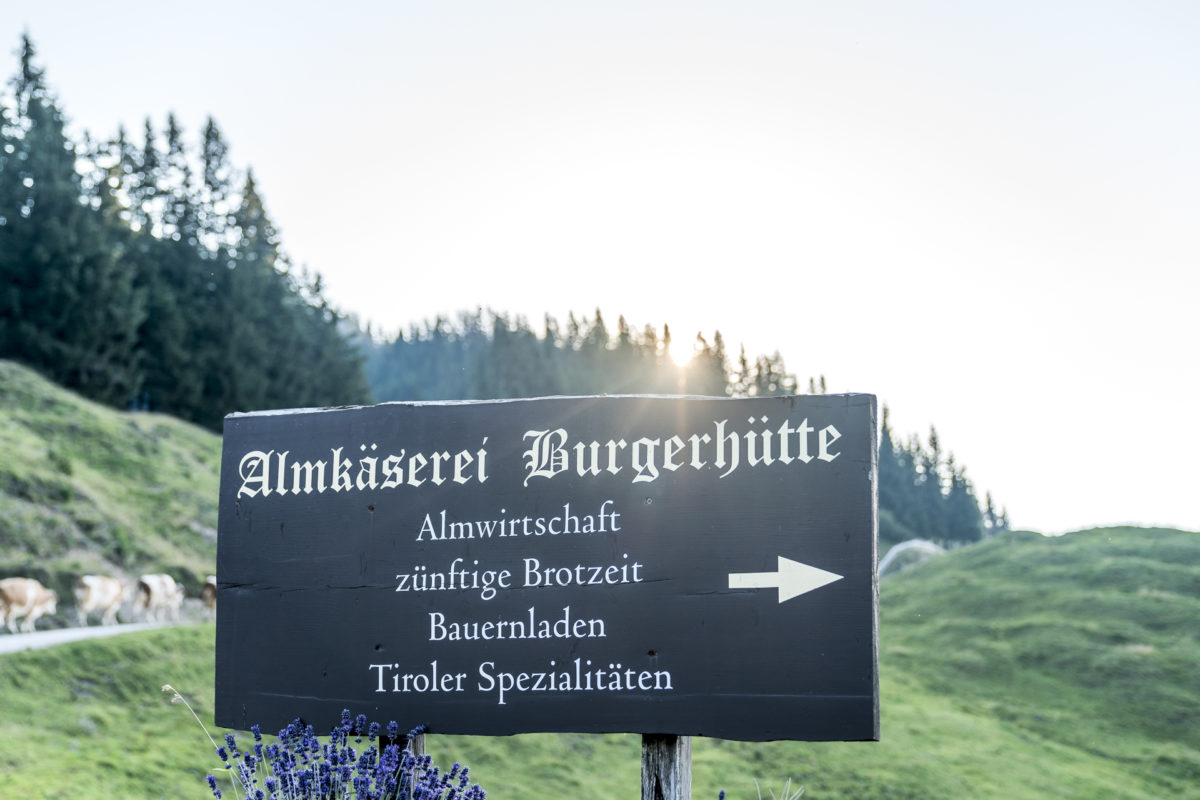
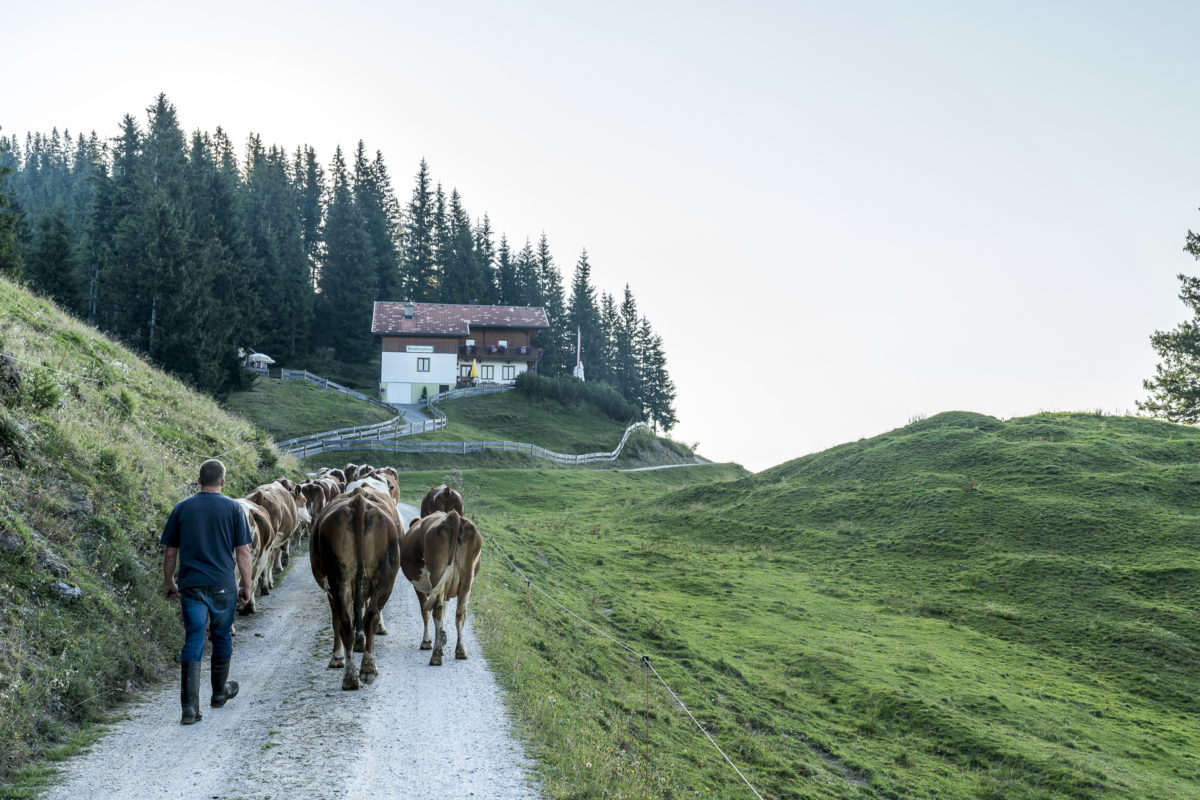
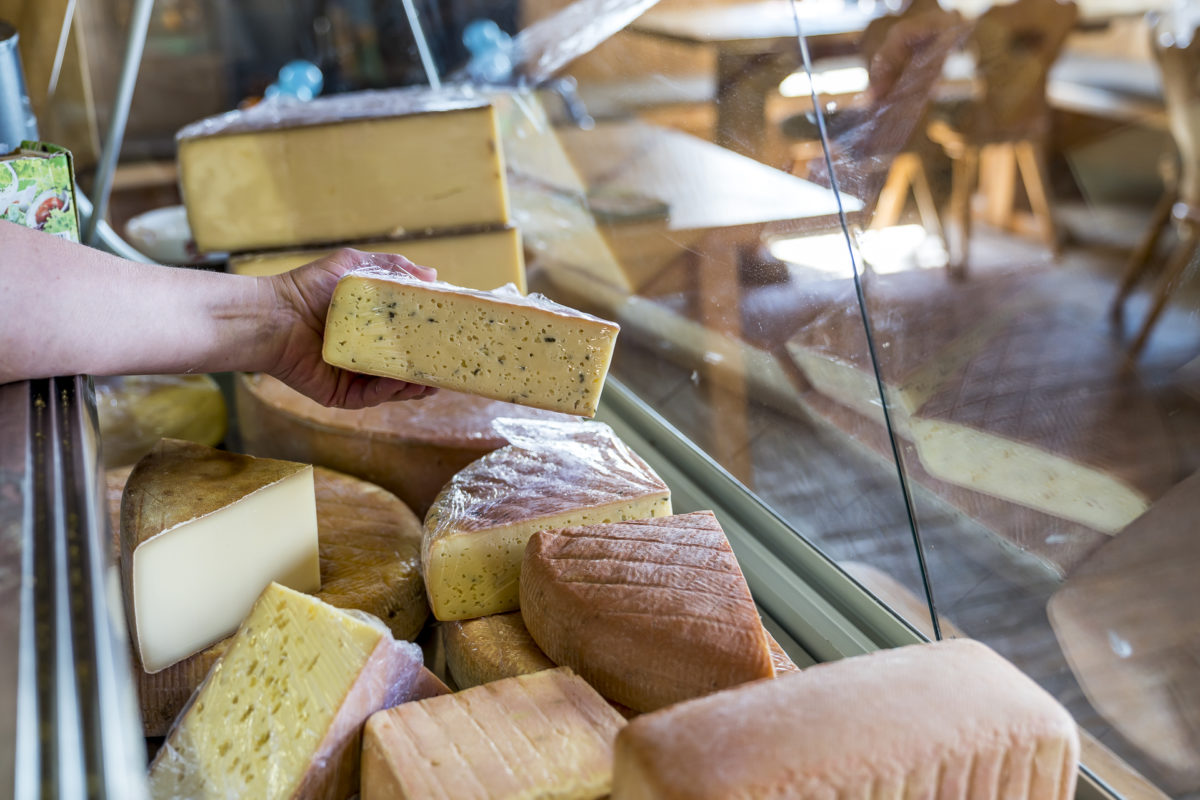
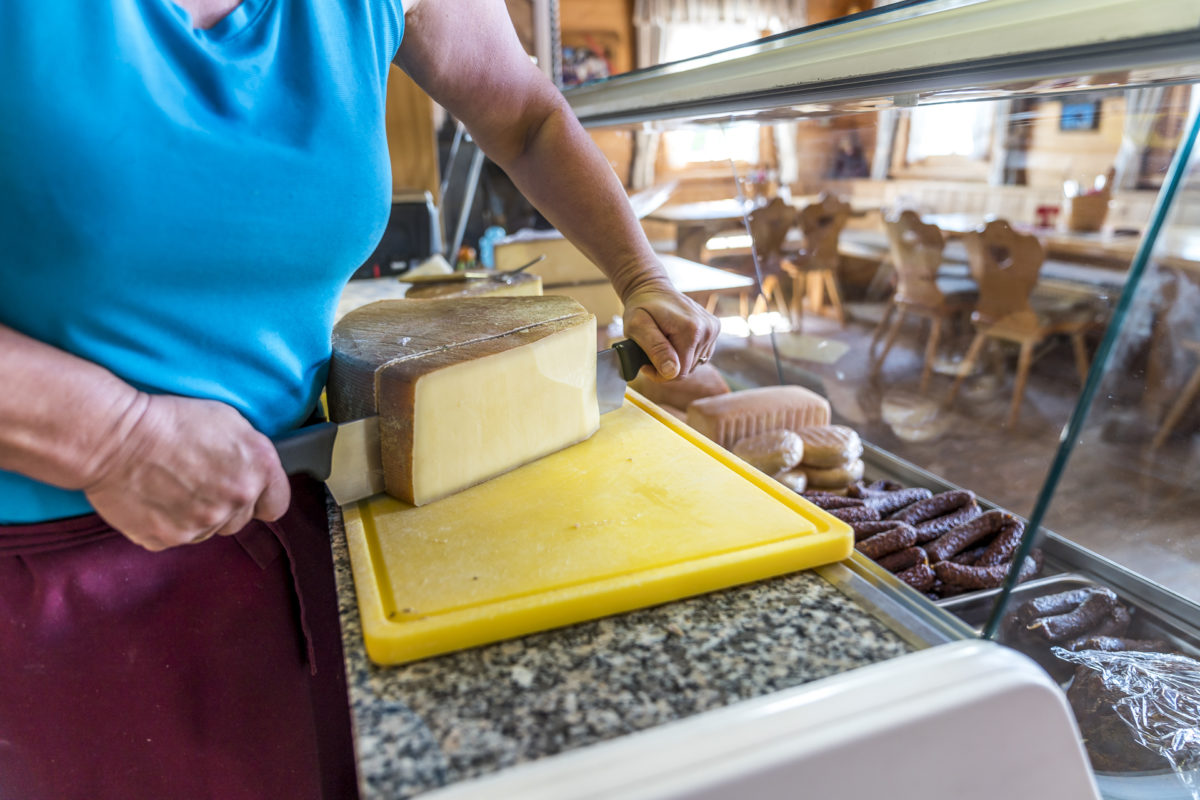
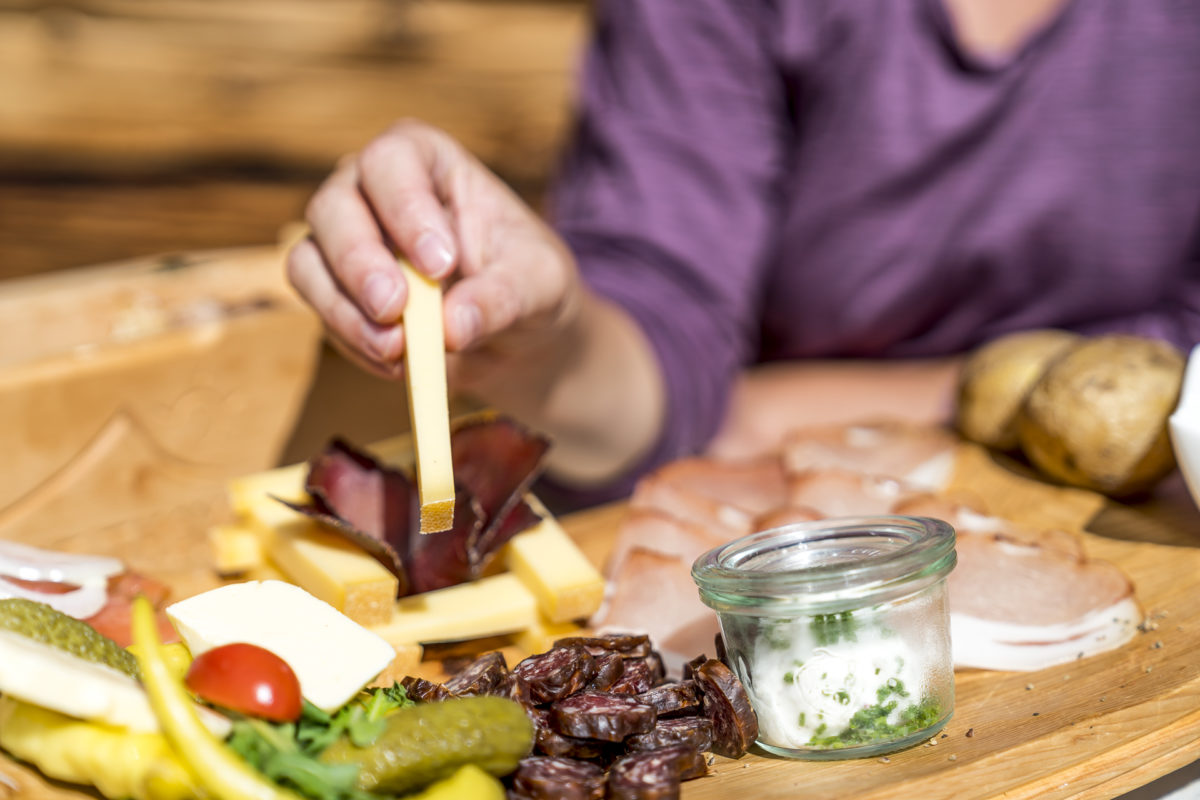
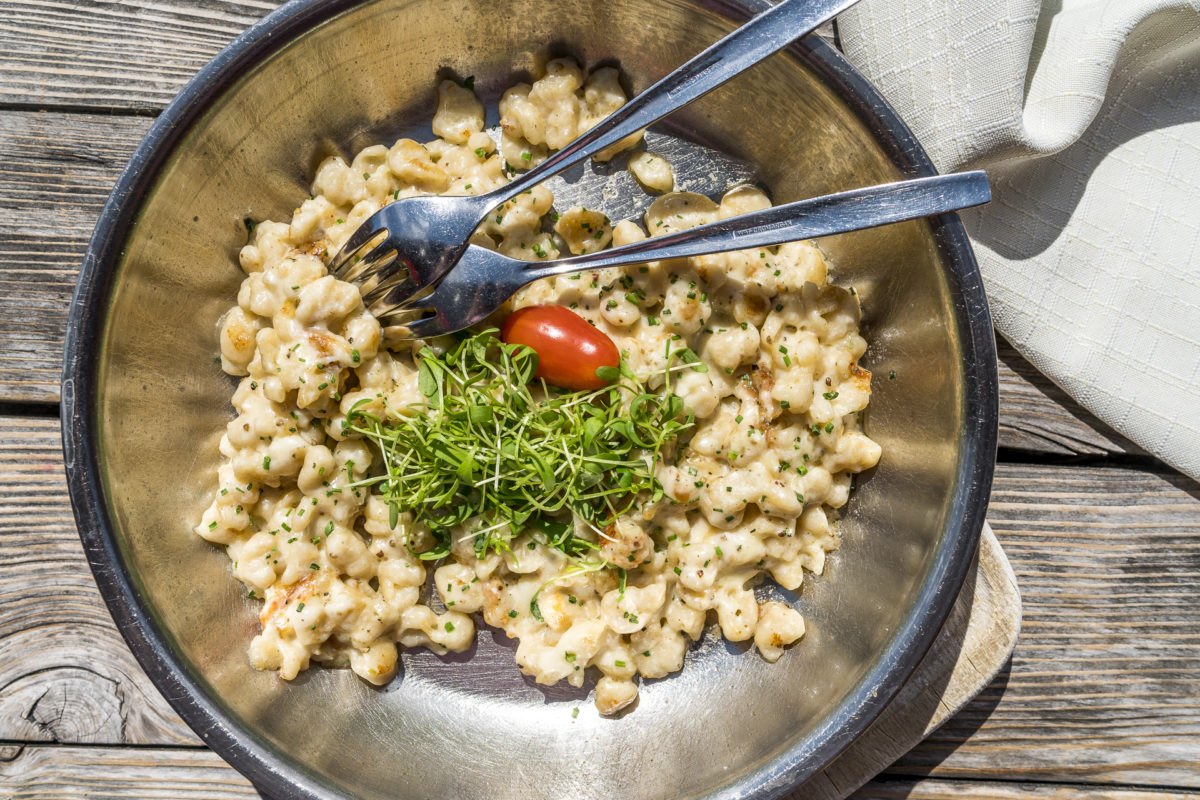
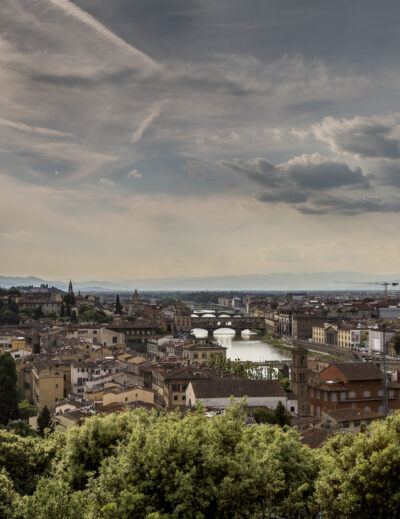

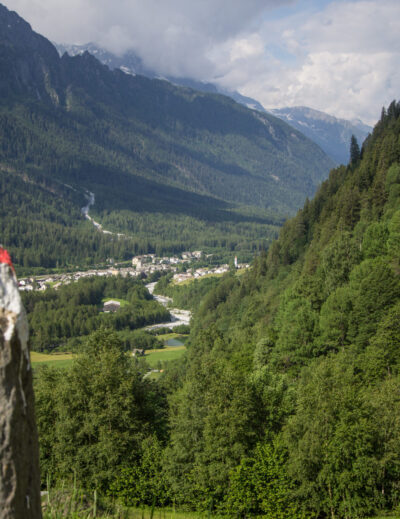
Leave a Reply